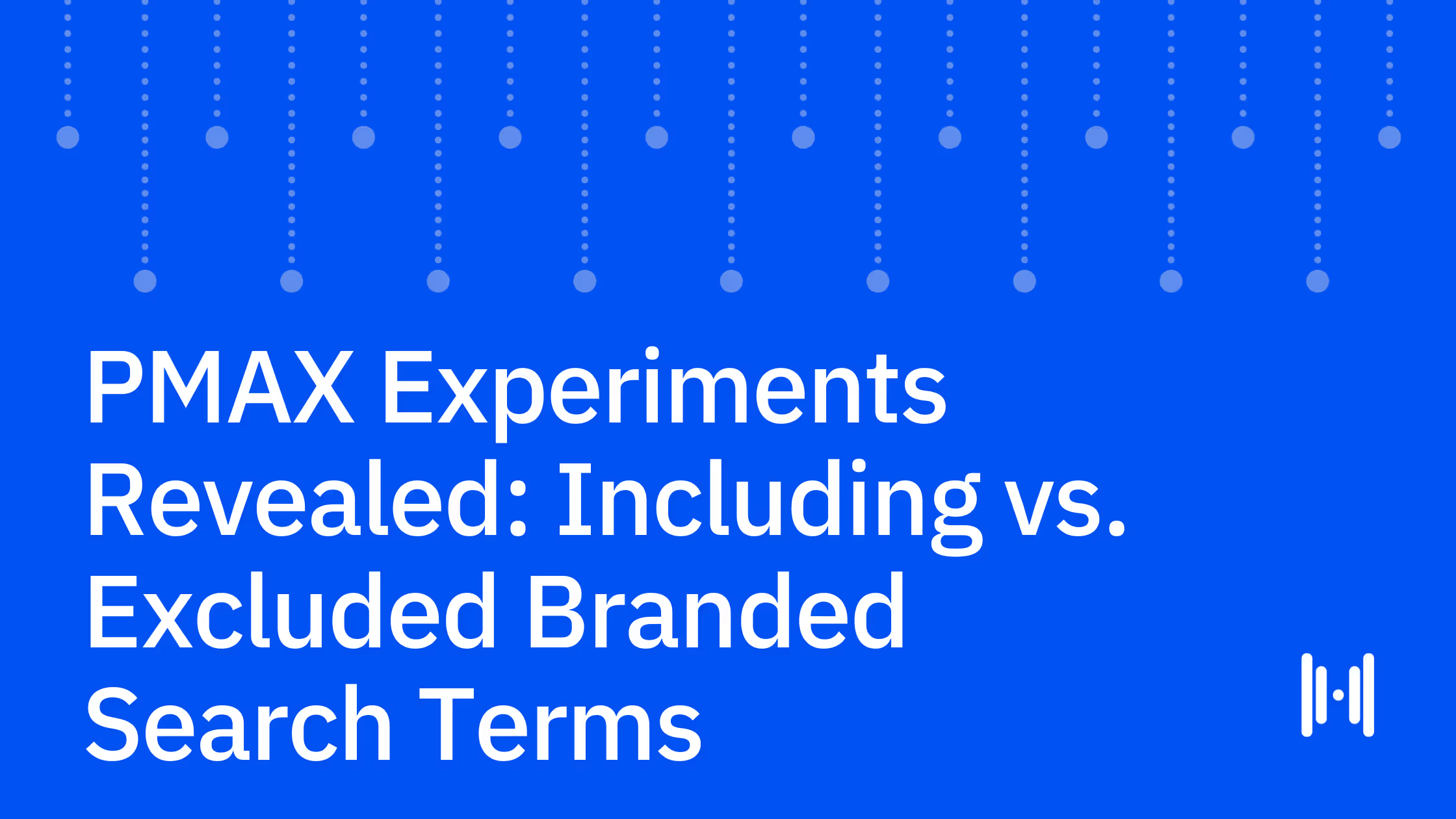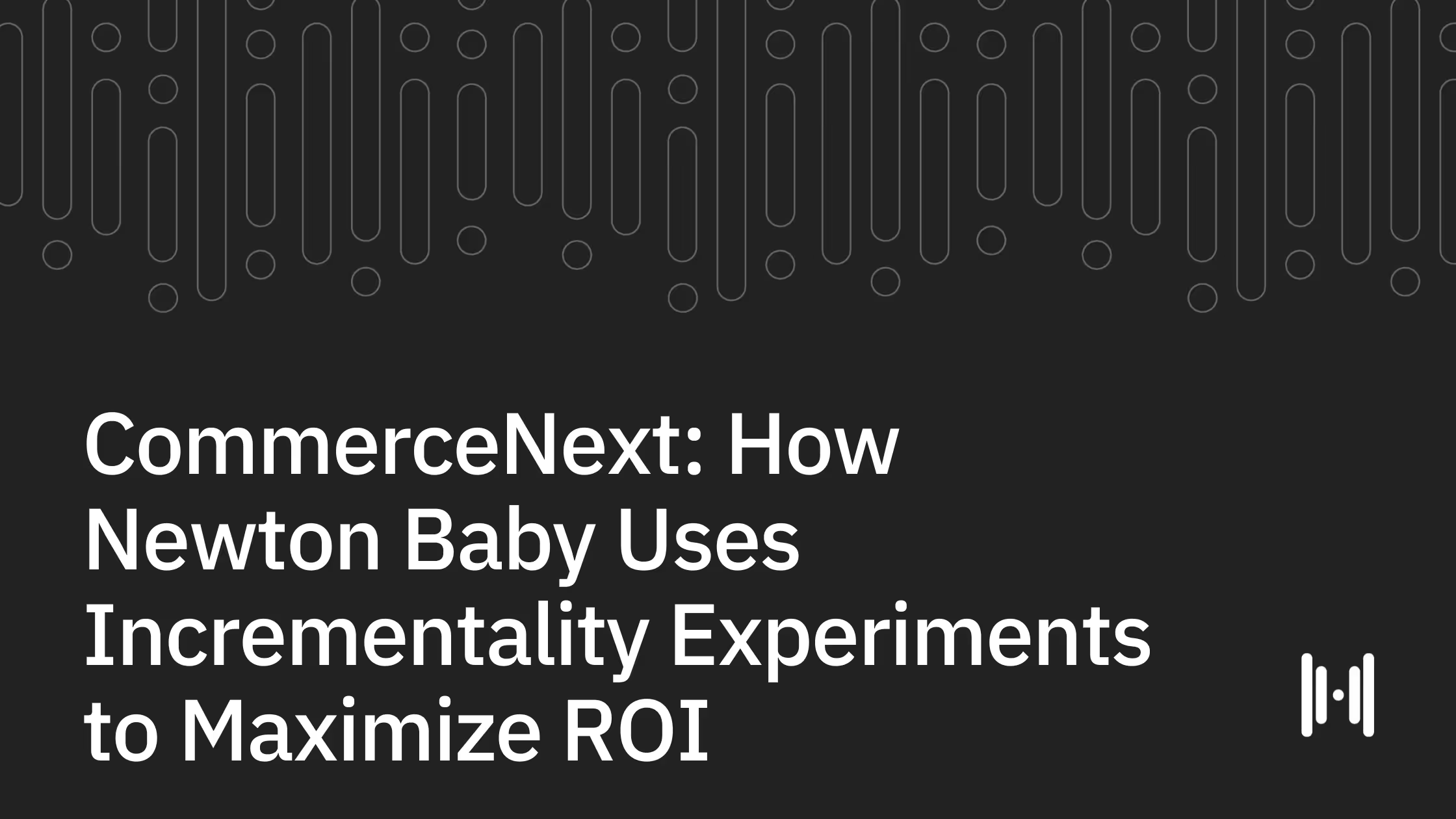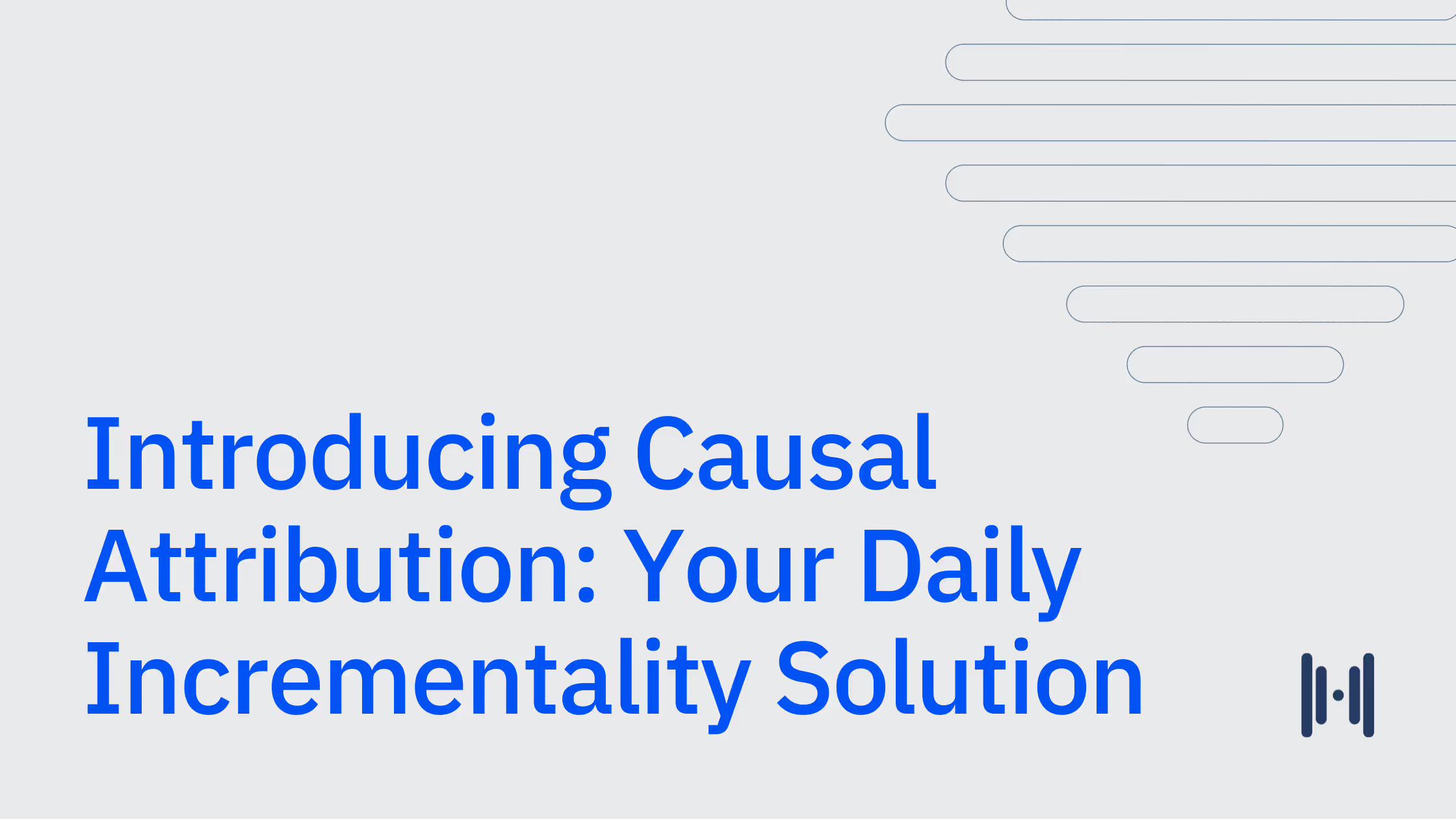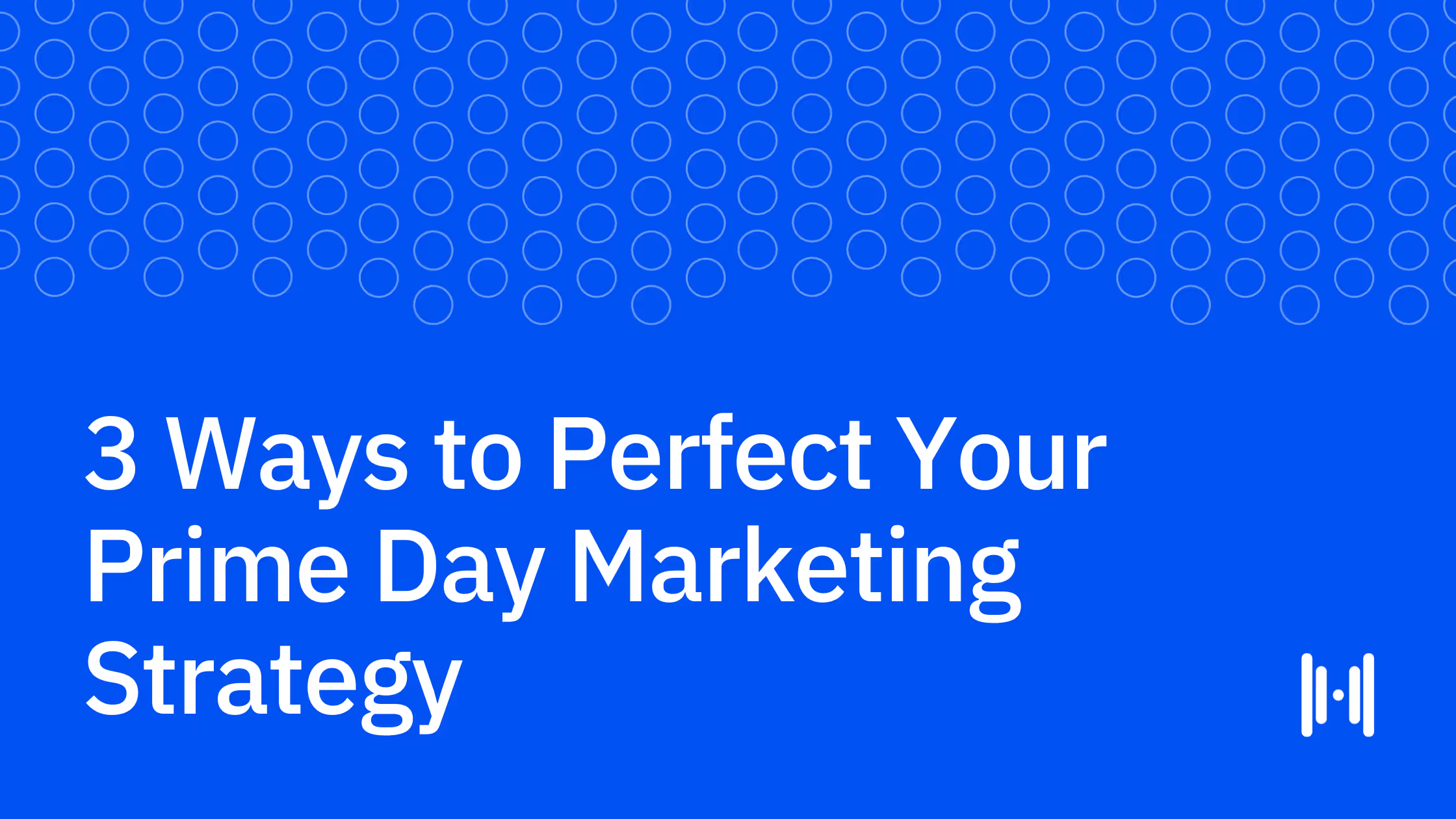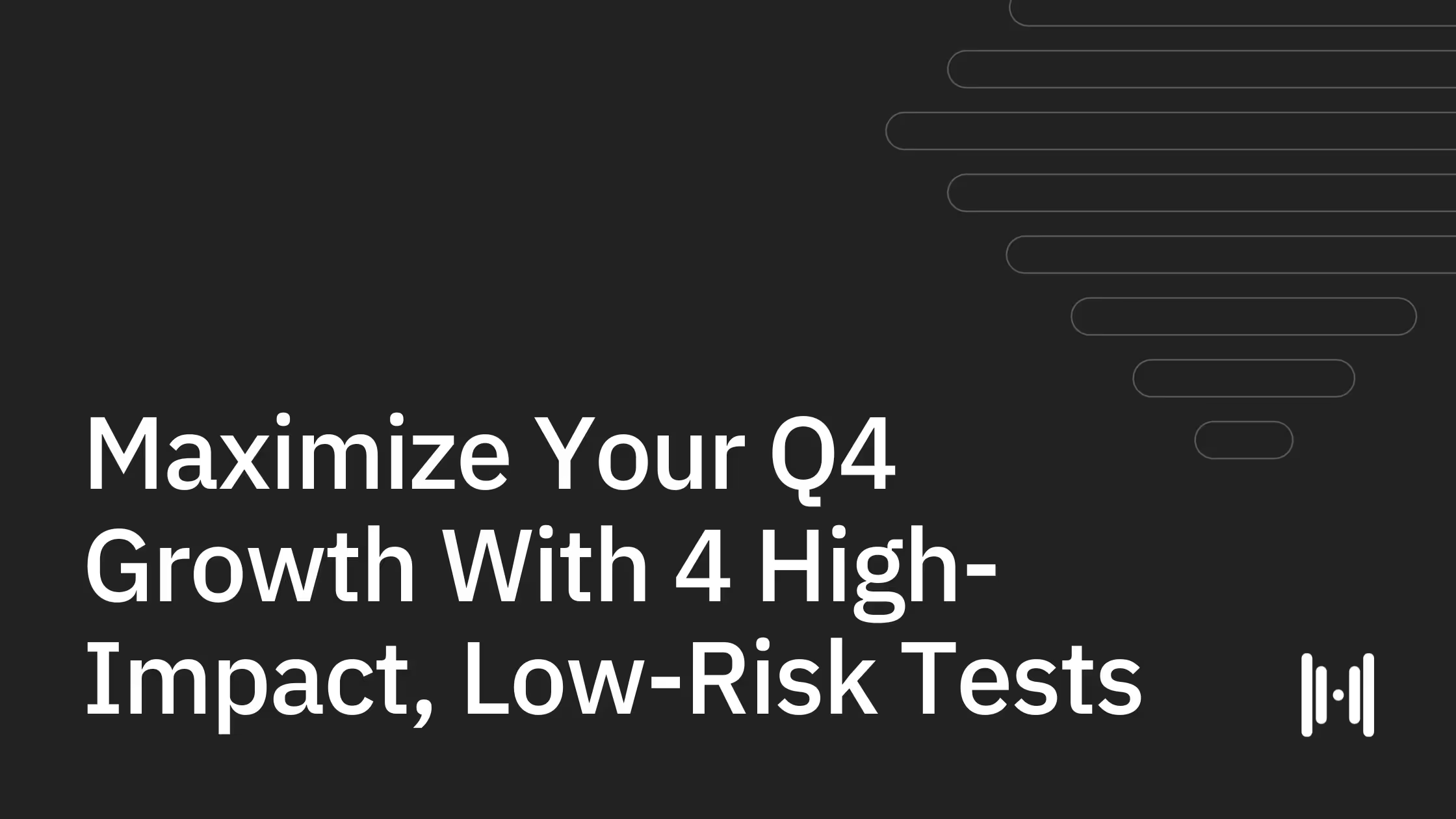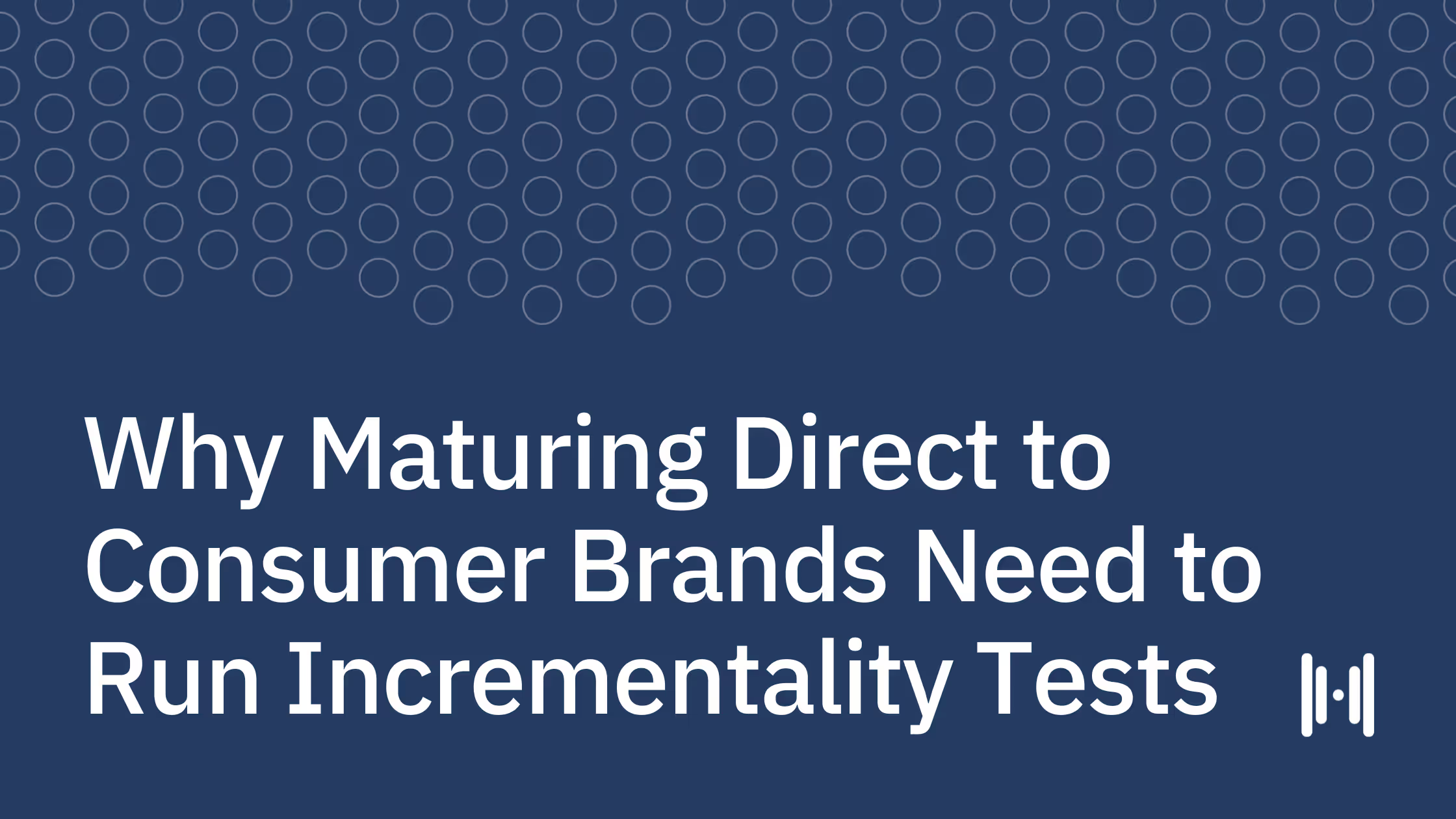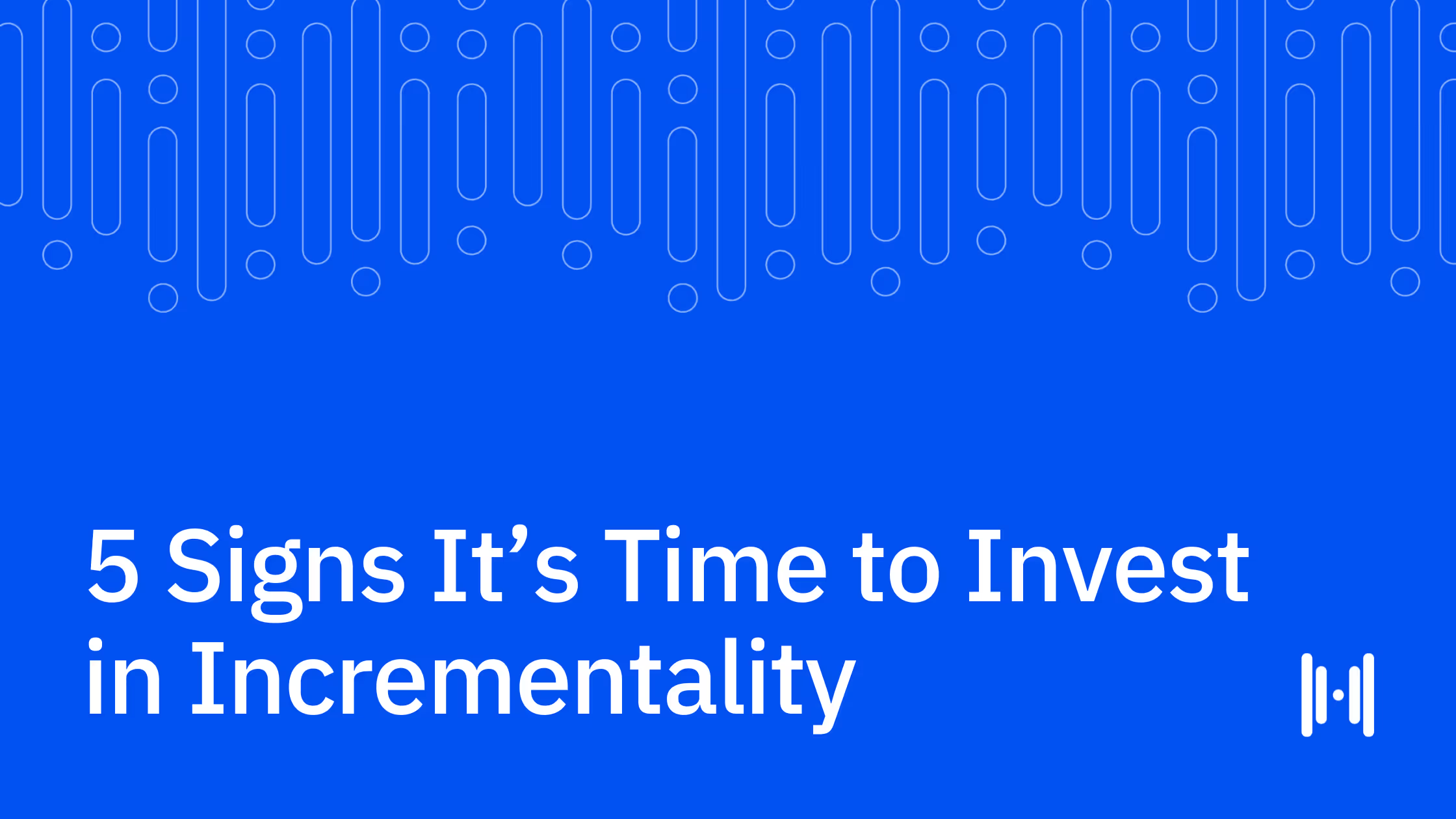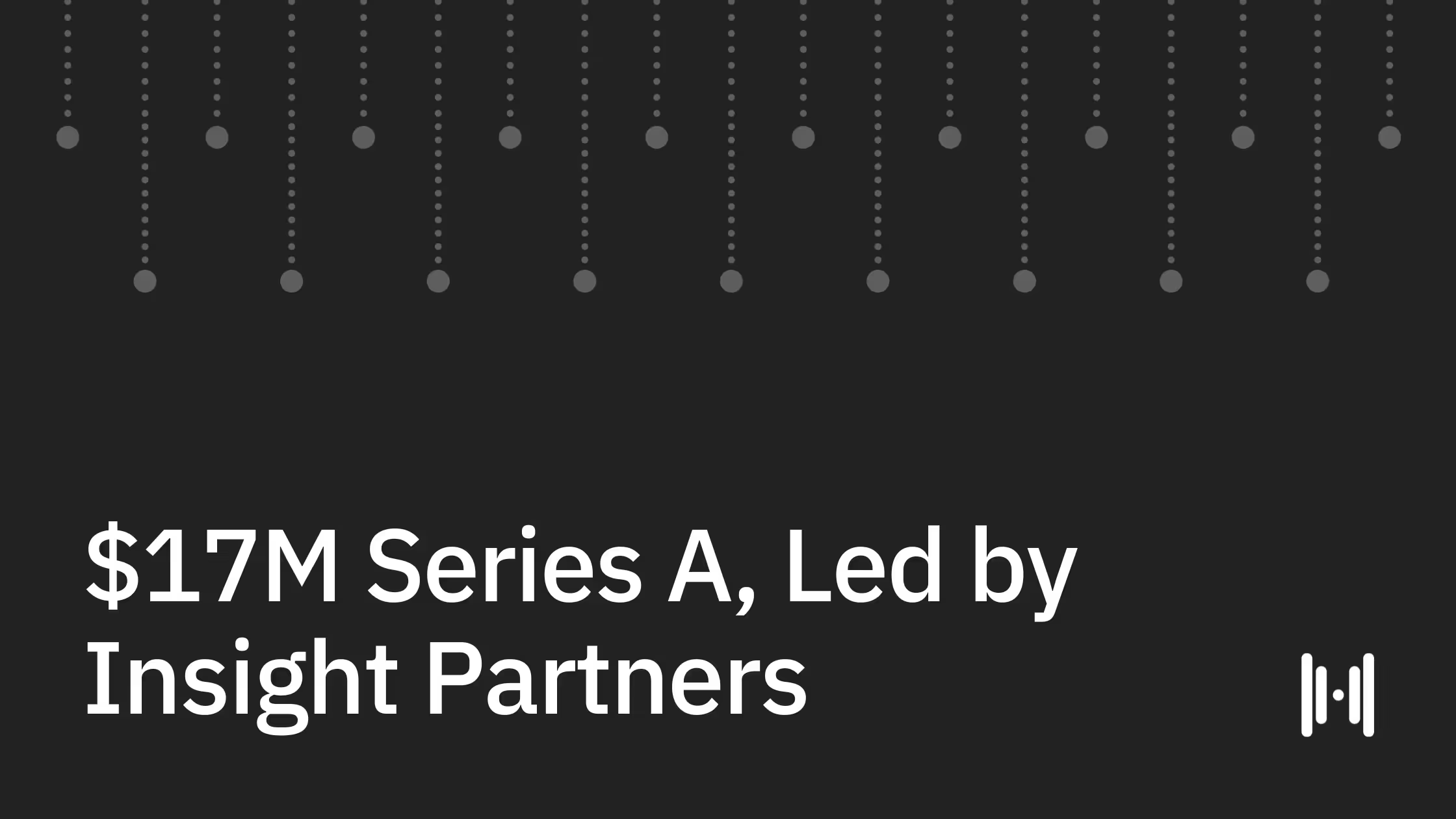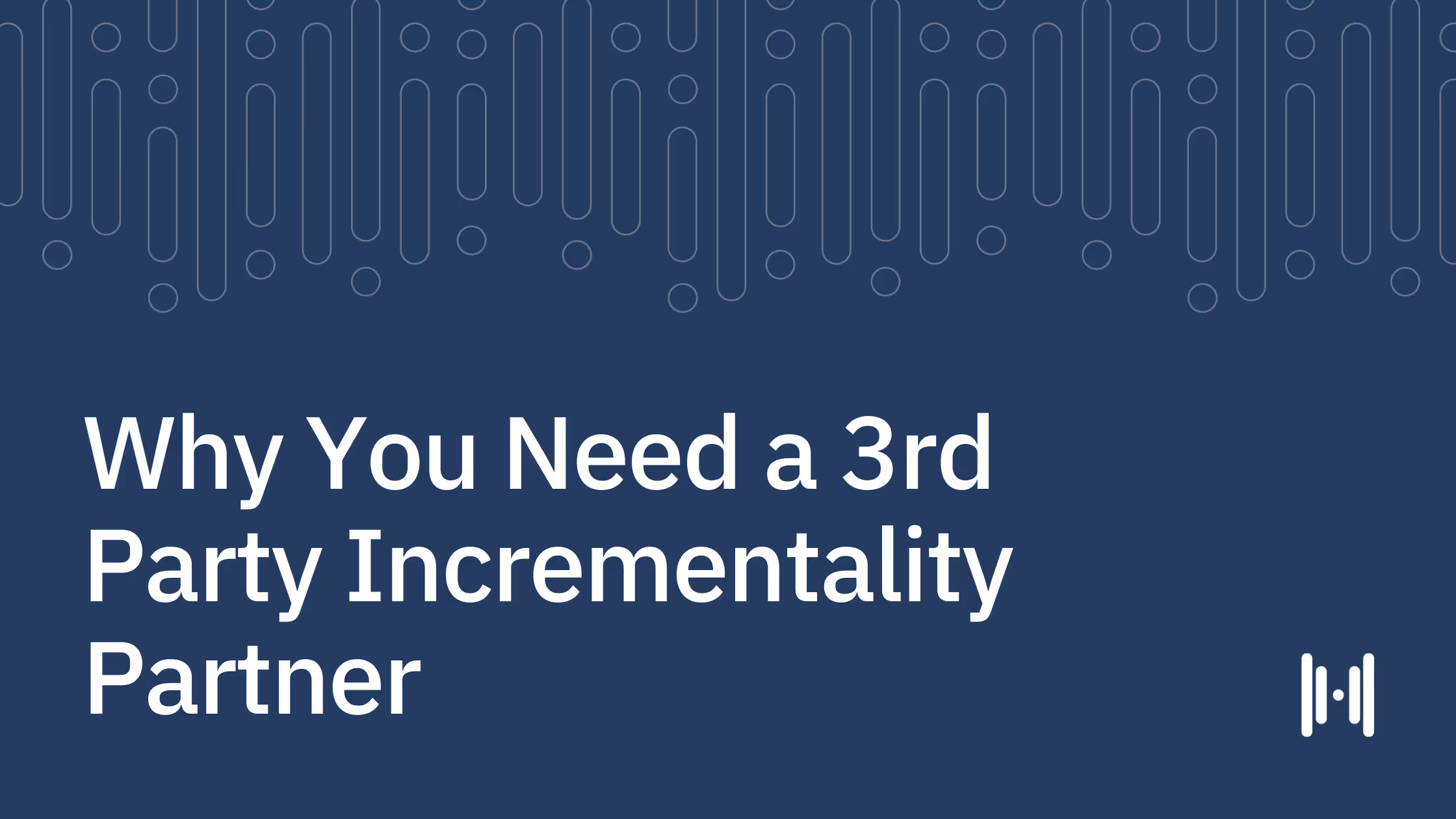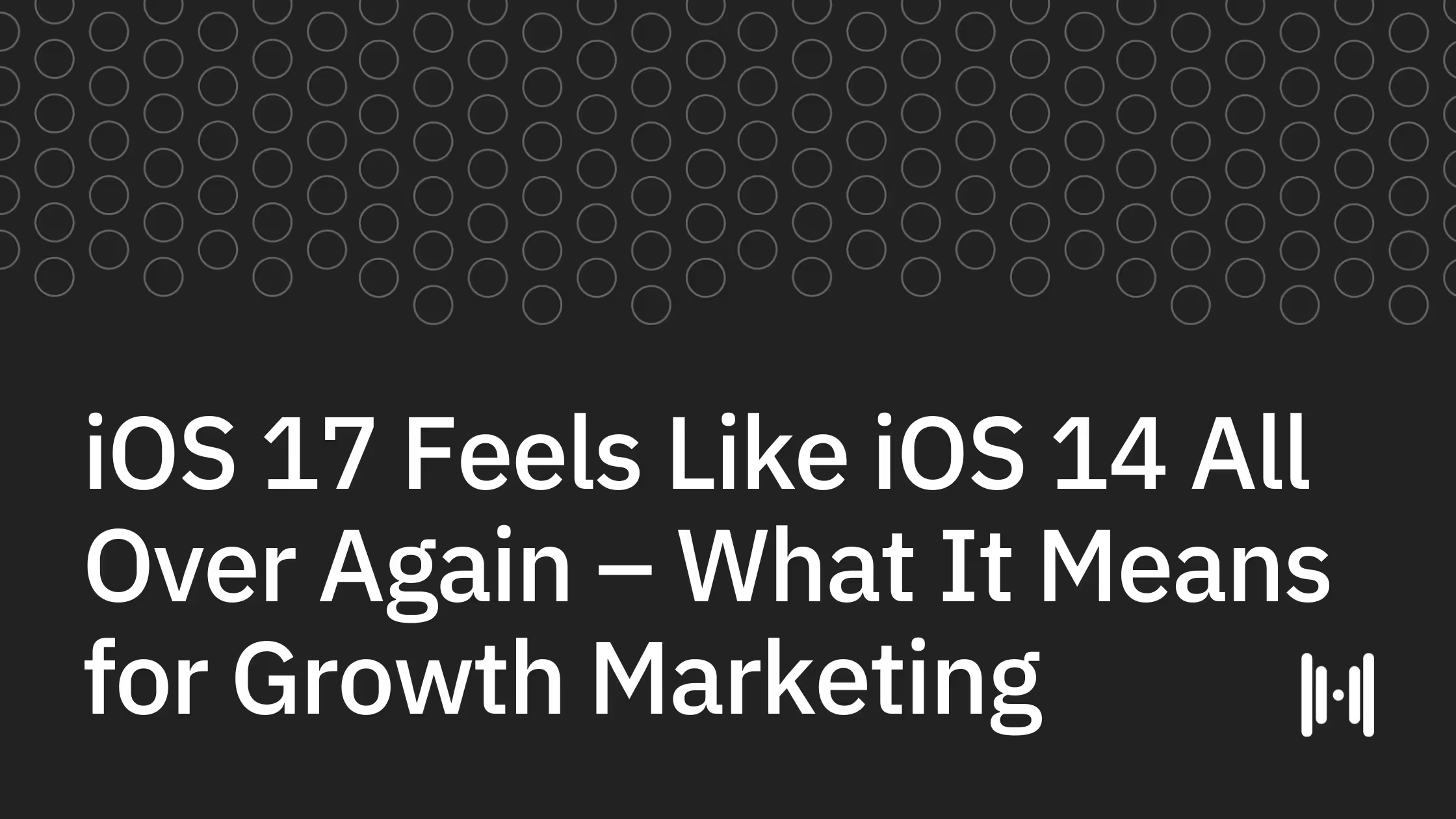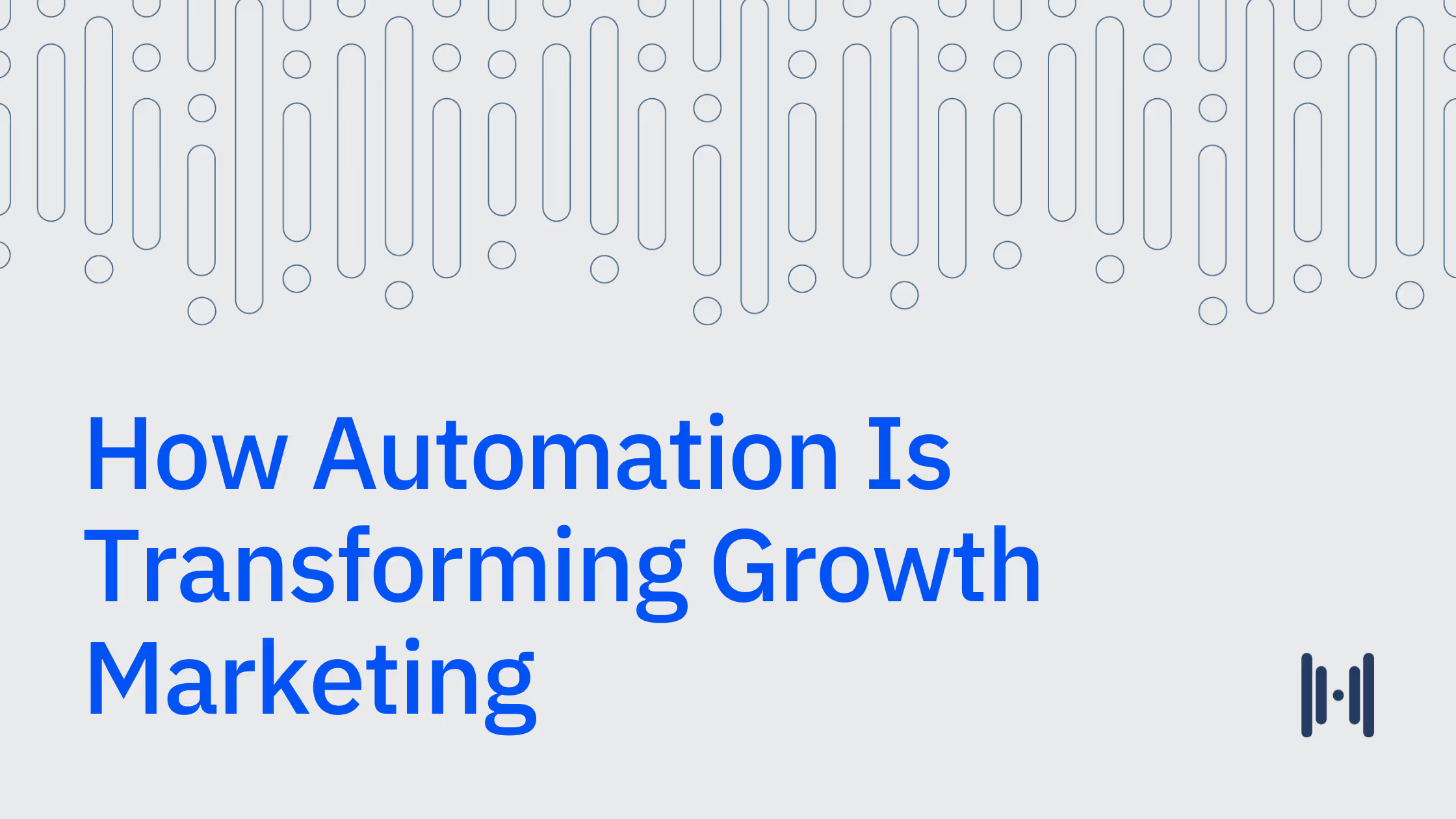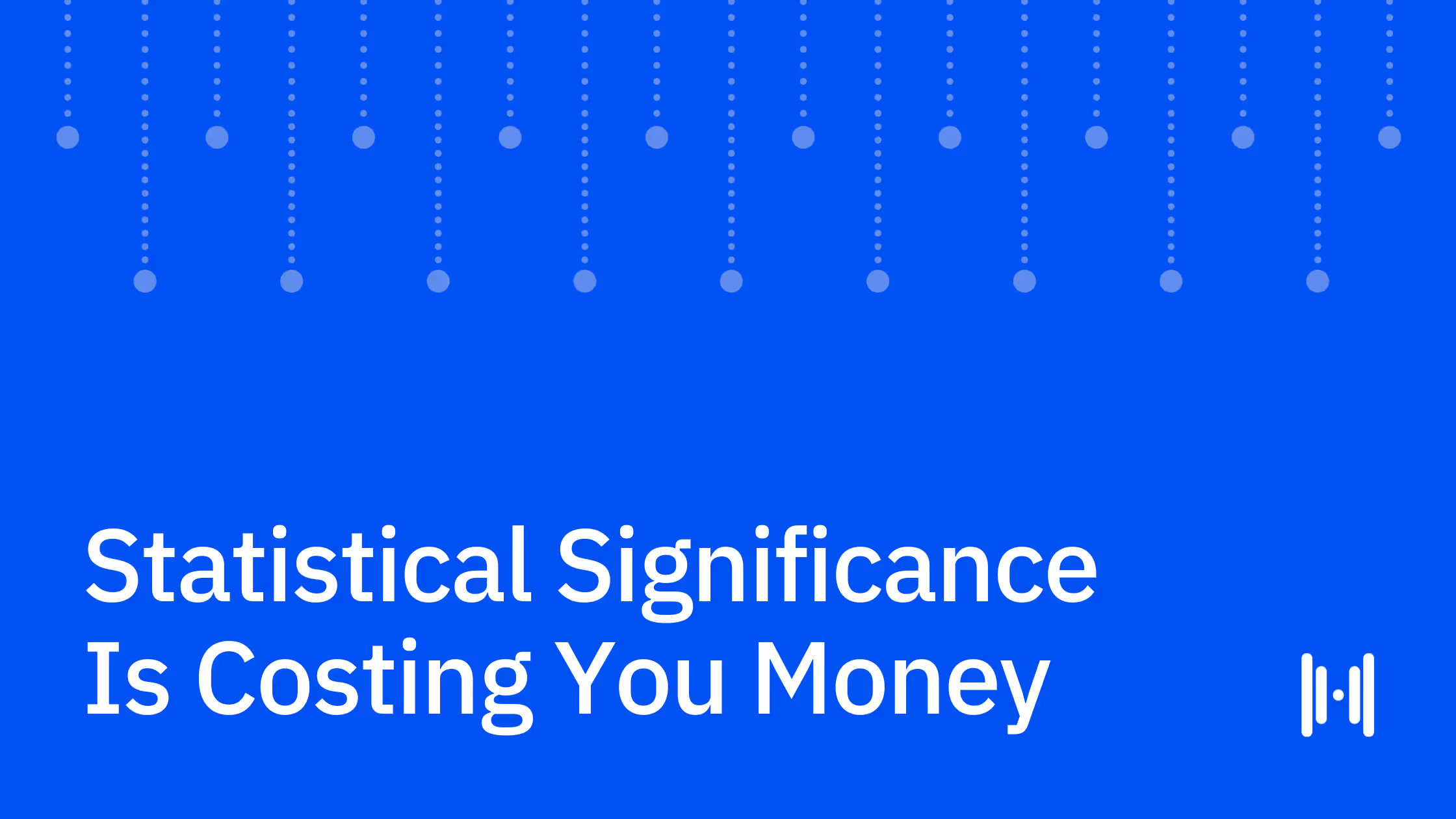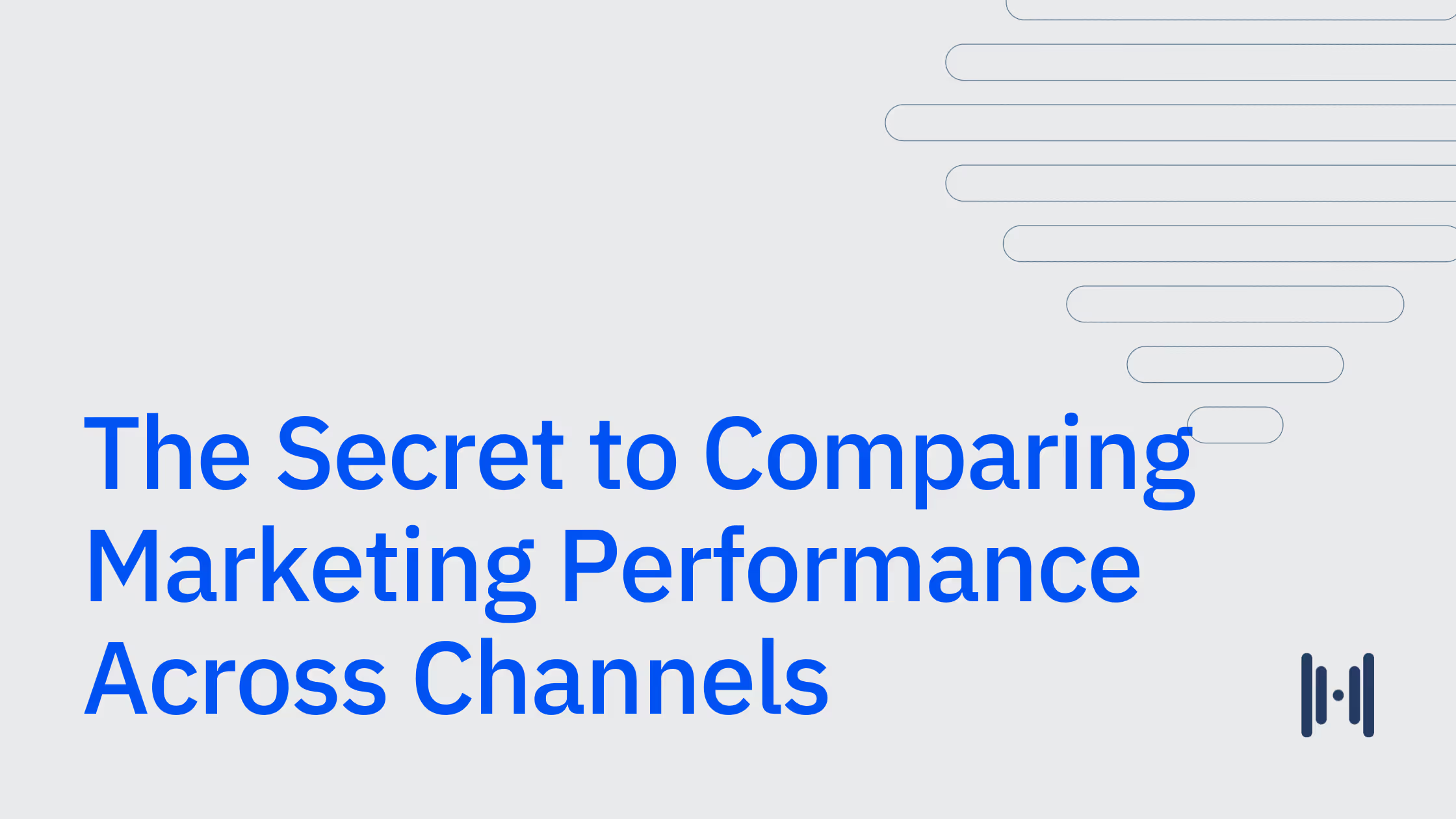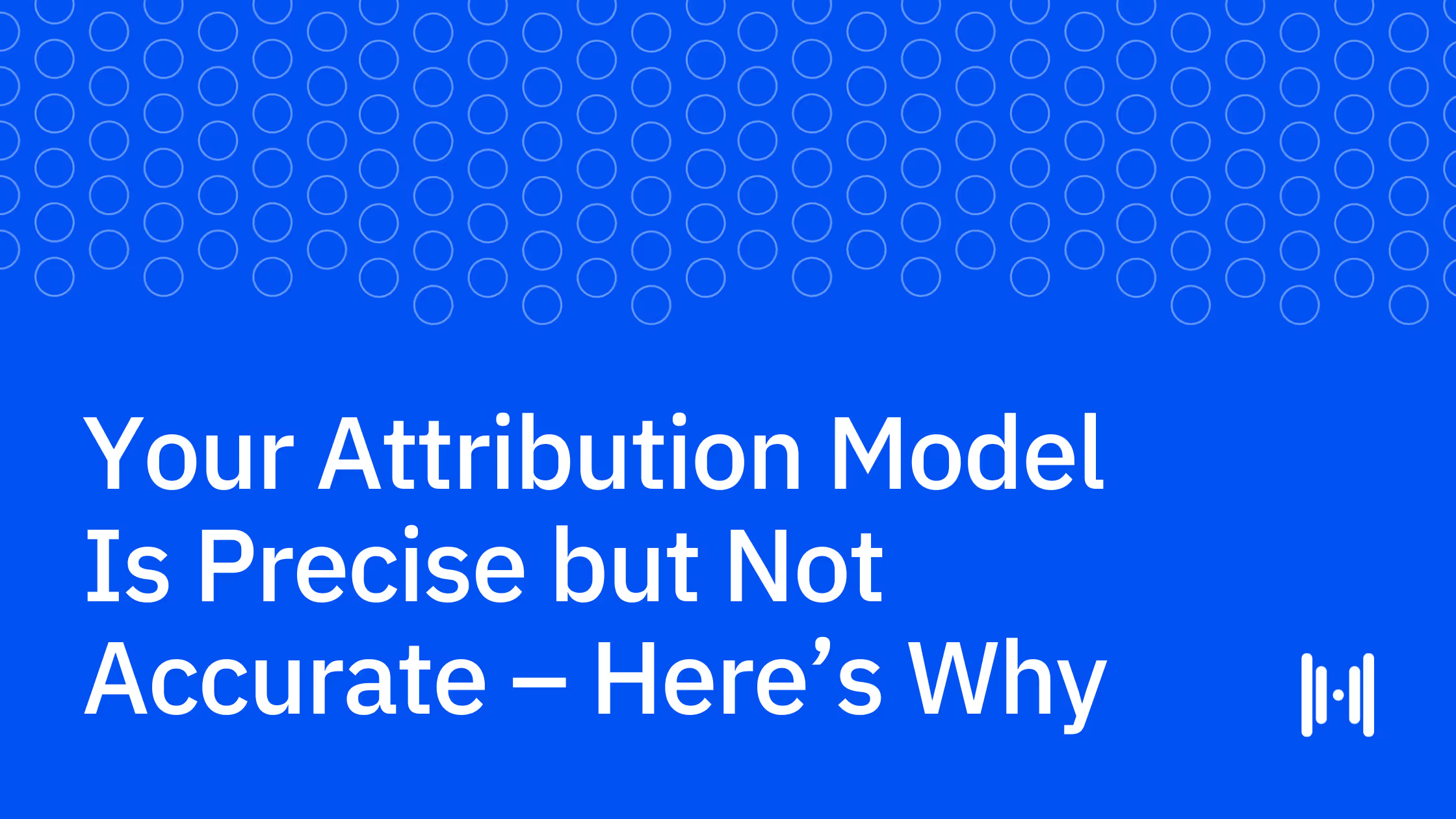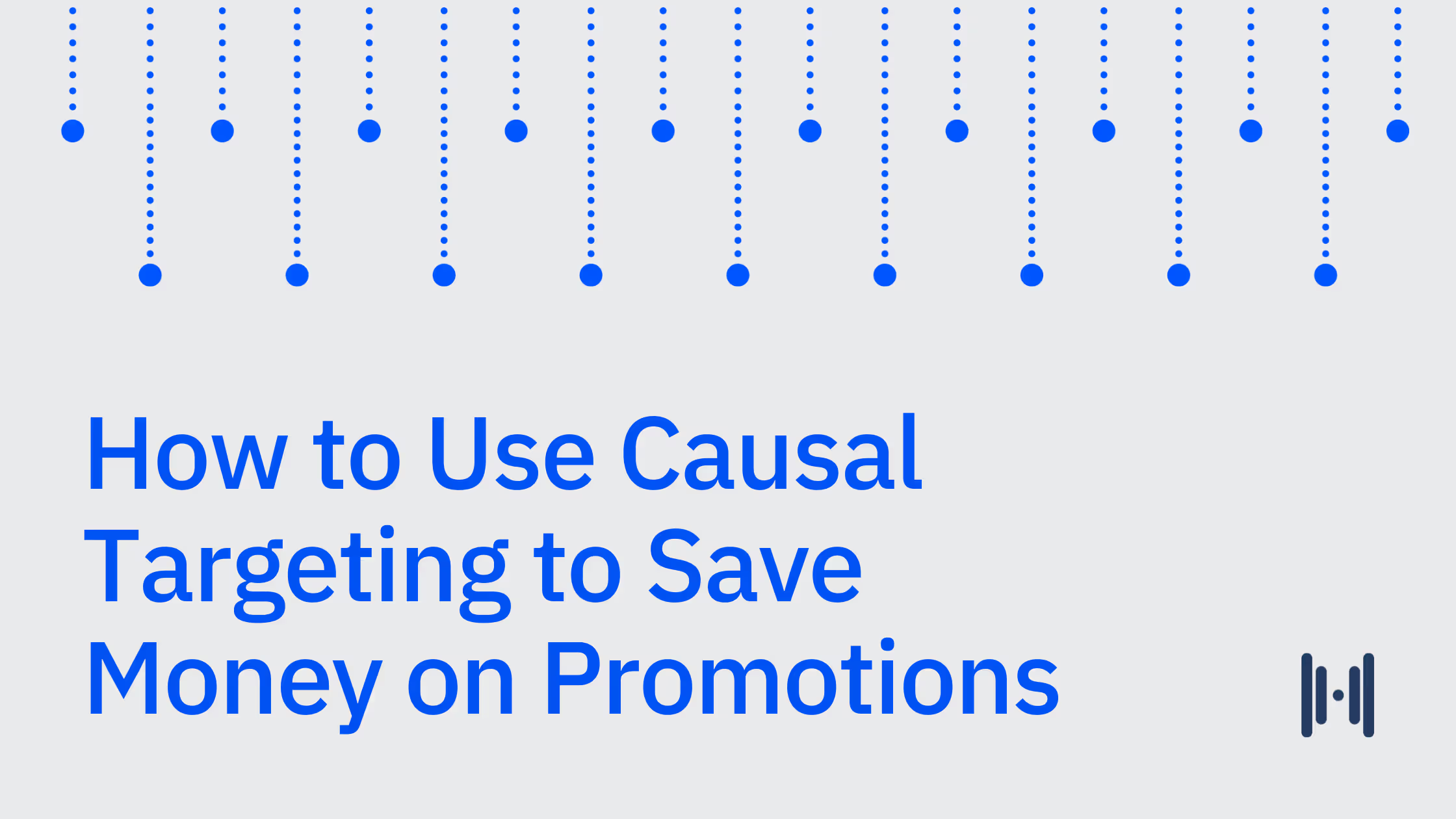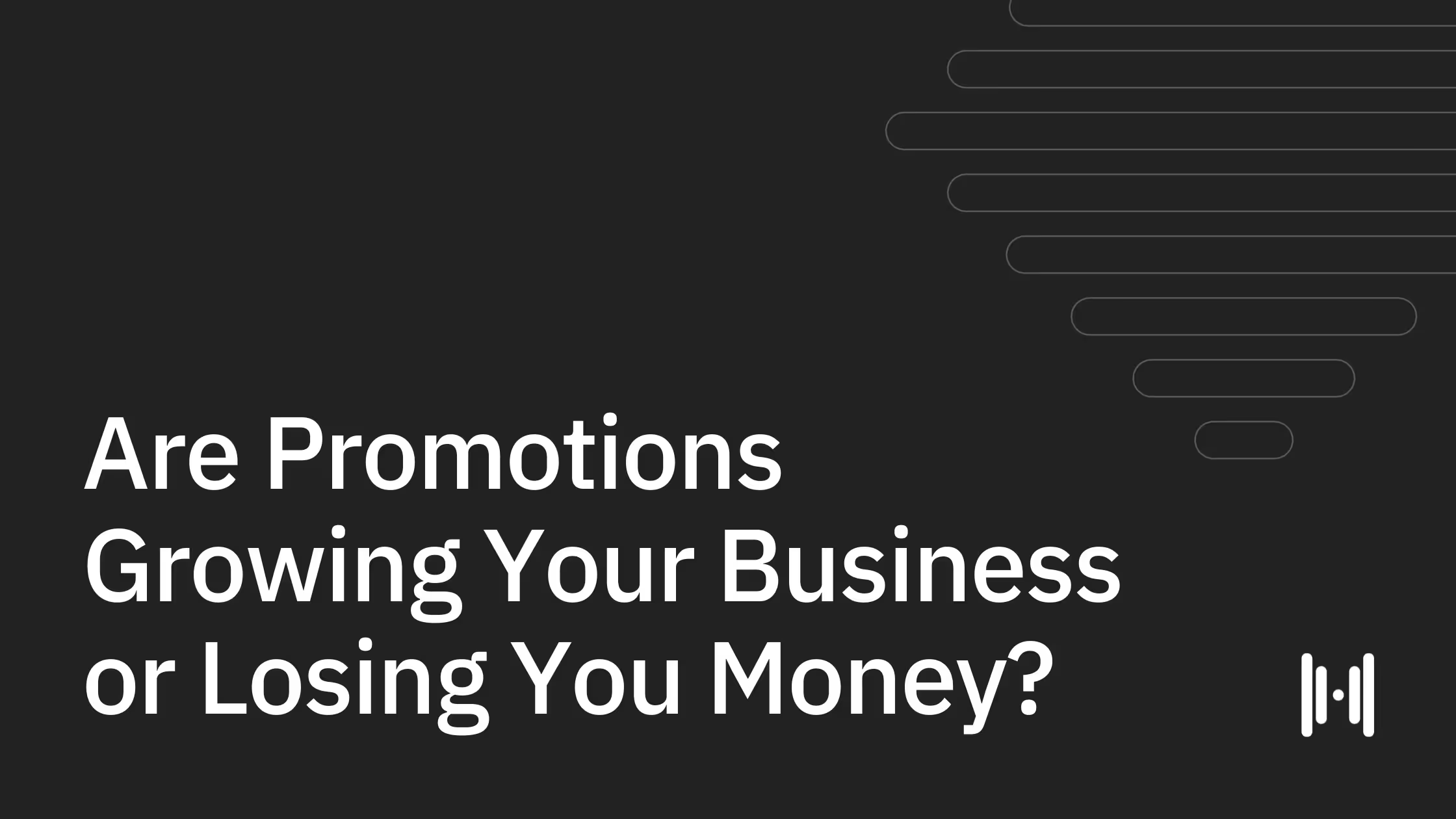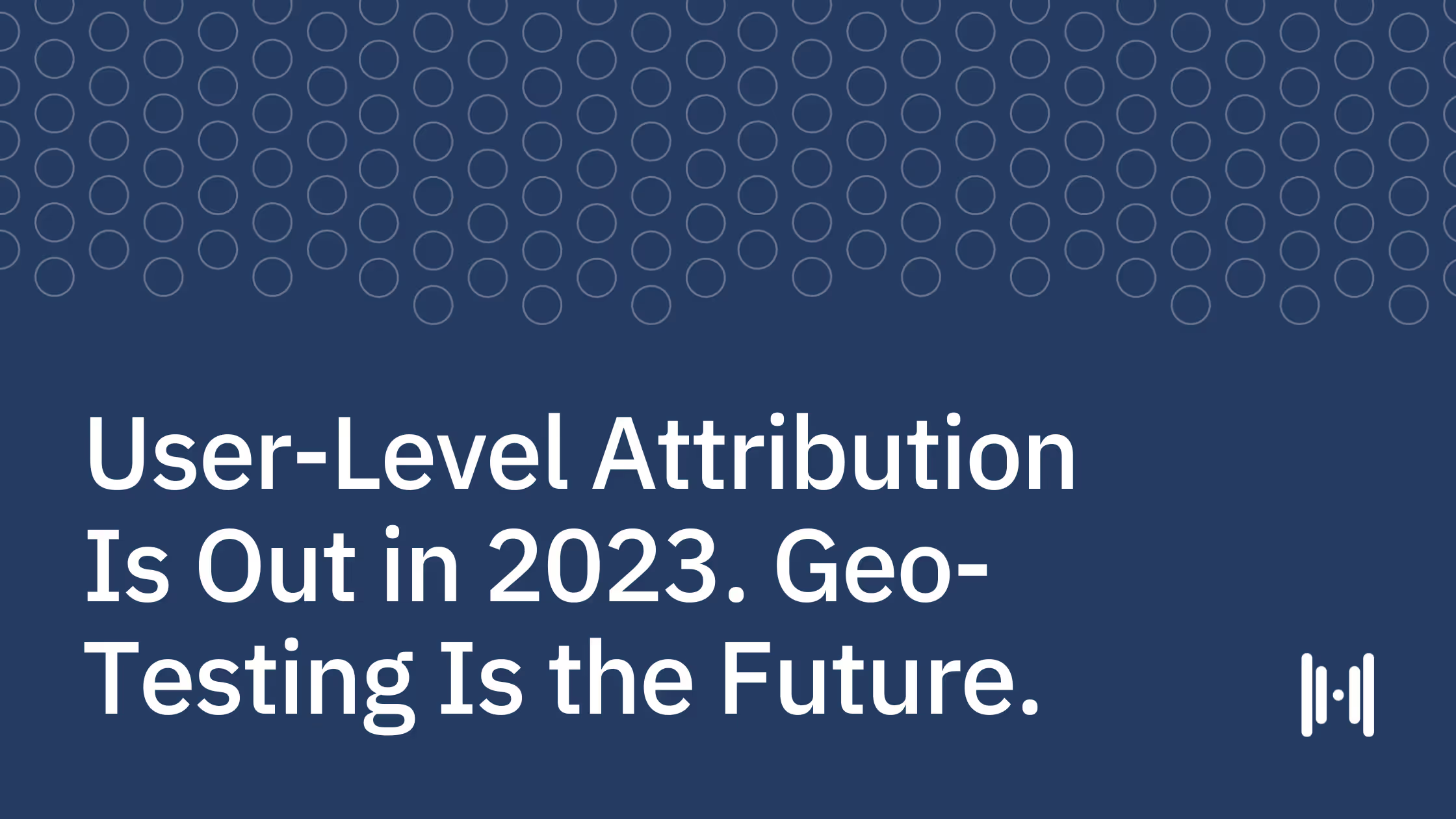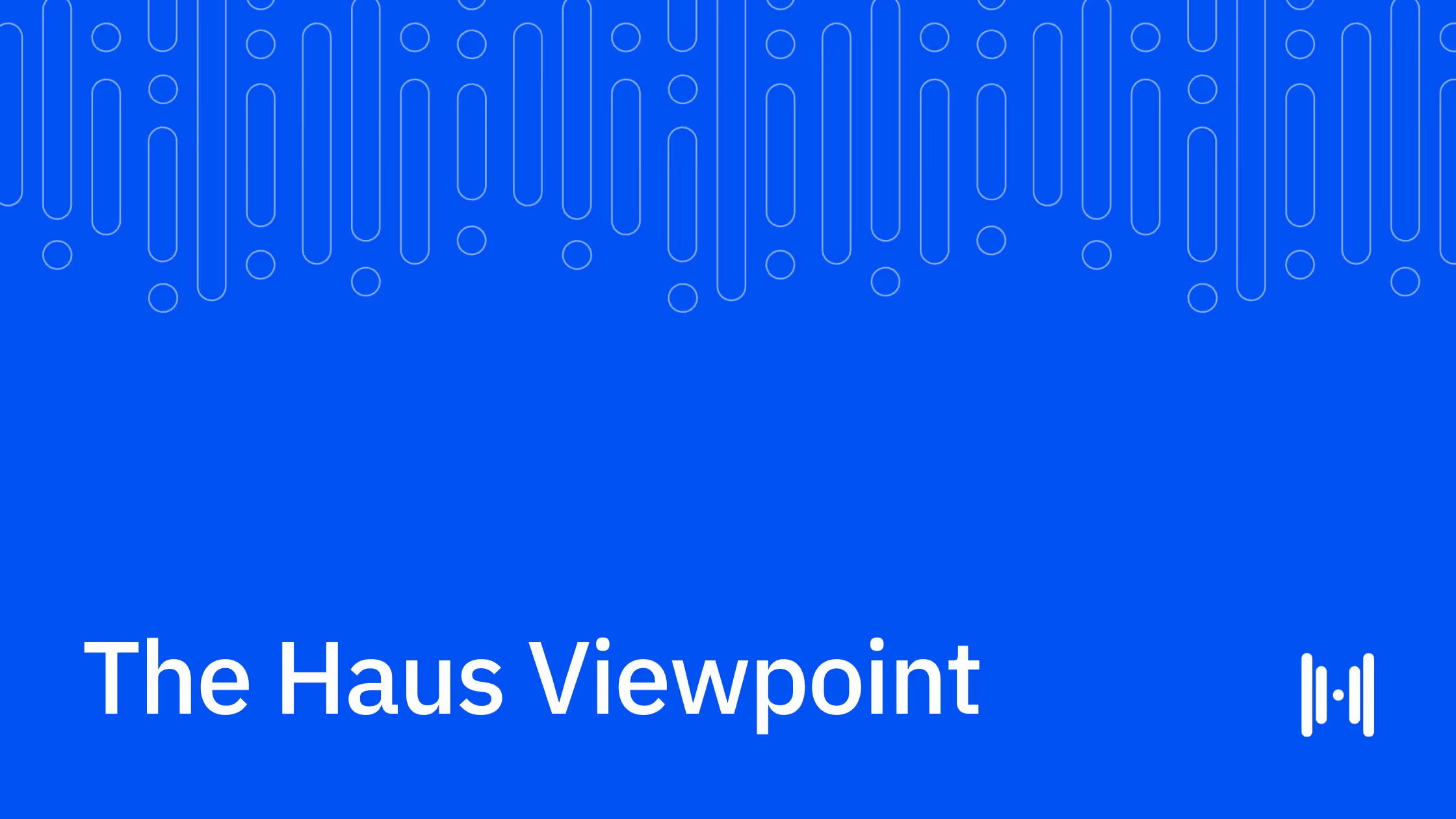
When we published The Meta Report, we wanted to make sure we were providing teams with actionable metrics that they could immediately work into their strategies. Along the way, we set out to answer some of those persistent questions that brands have about the platform:
- Straight up, how incremental is Meta?
- How should teams balance Meta's automation tools vs. tried-and-true manual controls?
- Should teams layer in some mid- and upper-funnel tactics?
Our report answered these questions with hard numbers from 640 incrementality tests run on the Haus platform. But as we repeatedly mention in the report itself, these are just averages — the best thing you can do is use these metrics as a jumping-off point to test for yourself.
That’s what we hope to help you with in this guide, which will outline some of the report’s headline stats, then support them with examples and action items to help you test for your specific business.
What do 640 Haus incrementality experiments reveal about Meta?
Meta is incremental in most cases
Across hundreds of brands spanning different industries, Meta's ad platform drives meaningful business impact. In our dataset:
- Meta campaigns delivered an average 19% lift to brands' primary KPIs (e.g. total revenue or new customer acquisition). Remove Meta from your media plan and you'd instantly reduce these outcomes by nearly one-fifth.
- This effect isn't limited to direct-to-consumer (DTC) channels: for omnichannel brands (those selling through retail, online marketplaces, etc.), about 32% of Meta's attributed impact happened outside DTC — driving in-store or Amazon sales that wouldn't have occurred otherwise.
- In the 100 most successful lift experiments we've logged, 77 involved Meta. That's pretty compelling evidence of the channel's power.
A real customer example
Fresh Clean Threads used Haus to get to the bottom of Meta’s omnichannel impact. They designated Amazon orders as the primary KPI in their 2-cell lift test, then found that Meta was responsible for a 23% lift in Amazon sales while simultaneously driving a 21% lift to DTC sales. They came away knowing they could confidently rely on Meta as a lever for scaling Amazon sales.
What are the pros and cons of Advantage+ campaign setups?
Advantage+ campaigns were adopted by 93% of brands in our test group and account for about 39% of Meta ad spend — making them critical for advertisers to understand. Clearly, marketing teams see value from these automated campaign setups.
Our report found that Advantage+ excels at quickly finding high-intent users and delivering immediate impact. According to our data:
- At experiment midpoints, Advantage+ campaigns outperformed manual campaigns by about 9%.
- However, by the end of the testing period — especially when including lagged effects (post-treatment window or PTW) — Advantage+ performed on average 12% worse in incremental return on ad spend (iROAS) than manual campaigns.
- Manual campaigns produced more sustained business value in the post-campaign period, with higher post-treatment lift (+32% vs. +17% for Advantage+).
This performance pattern suggests that while Advantage+ is great at harvesting quick wins, it might exhaust high-intent audiences quickly and contribute less to overall funnel growth over time. Luckily, there are some ways to balance the funnel, which we’ll dive into later in this guide.
How should marketers balance manual and Advantage+ setups?
Contrary to what you might expect, simply splitting budget evenly between manual and Advantage+ setups was less effective than leaning into the strongest performer. Brands that moved to a 50/50 mix typically saw an 18% decrease in incremental efficiency compared to those who focused budget on their best-performing tactic.
This means you shouldn't blindly pursue balance for its own sake. Instead, test thoughtfully and concentrate spend where you see the strongest, sustained incremental returns.
Beyond the bottom funnel: the rise of mid- and upper-funnel tactics
While much of Meta's focus — and most brands' budgets — historically sat at the purchase/conversion (lower-funnel) stage, we're seeing renewed interest in mid- and upper-funnel campaigns.
Mid-funnel (e.g., optimize for adds-to-cart or product views)
Mid-funnel campaigns are showing new promise for brands looking to seed future demand and maintain a healthy pipeline.
- On average, mid-funnel campaigns delivered 14% lower DTC iROAS at 85% lower daily spend than lower-funnel campaigns, but these were offset by 9% higher post-treatment lift and larger omnichannel (retail) halo effects.
- Mid-funnel tactics work particularly well for brands with less than 5,000 purchase events per week — cases where lower-funnel optimization might not have enough data to work optimally.
Upper-funnel (e.g., traffic, reach, brand awareness objectives)
Though only 6% of budgets and a minority of brands use them, upper-funnel campaigns often have dramatic incremental effects outside the measurable DTC environment.
- These campaigns achieved 21% more impact on new customers (81% vs. 67% for lower-funnel), and a 138% halo effect on non-DTC sales.
- In direct DTC terms, they reported lower in-platform ROAS, but the under-attribution was significant: For some tactics, $100 of reported revenue in-platform correlated to $600 of incremental business gains once all channels were counted (this was especially true for brand awareness campaigns).
A real customer example
If you’re looking for an example of a brand testing the impact of layering in upper-funnel tactics on Meta, look at our case study with Mejuri. They found that upper-funnel tactics alone drove 11% of their new revenue during the test period, and the iROAS hit their goal exactly. Their headline takeaway? Shifting Meta strategy up-funnel successfully reached new audiences and drove more incremental revenue than only focusing on lower-funnel tactics.
The promise and limits of Incremental Attribution
Meta is developing Incremental Attribution, aiming to help advertisers focus optimizations on outcomes truly caused by ads — distinguishing those who needed to see an ad to buy from those likely to purchase regardless.
Early results are mixed: in head-to-head tests against standard attribution, "incremental" settings produced better outcomes only 43% of the time. Causal inference, especially at Meta's scale, remains a difficult problem for machine learning.
Yet, given Meta's massive collection of conversion lift experiments and raw data scale, there's reason to hope for continued improvement. We'd recommend testing the feature and seeing how it performs for your business, but keep expectations in check.
Recommendations for brands
Meta's advertising ecosystem is robust and continues to deliver meaningful incremental growth for most brands. However, to maximize efficiency and long-term value, you need a structured, data-driven approach to campaign management.
Focus on data, not dogma
Every business is unique. What works for one brand might not work for another, and factors like budget, transaction cycle, omnichannel mix, and creative capabilities will influence performance.
- Test incrementality rigorously. Don't rely on in-platform metrics alone, especially if much of your business impact happens outside the DTC environment. (We found that for advertisers using click-only performance, Meta under-reports incrementality – by 15% on average for 7-day click in-platform attribution.)
- Let results guide your weighting of Advantage+ and Manual campaigns. Resist the urge to "split the difference" — instead, lean into your tested winner and periodically revisit as the landscape evolves.
- Invest in mid- and upper-funnel tests to maintain funnel health and fuel future demand, particularly if you're experiencing diminishing returns from lower-funnel campaigns or have a significant retail/omnichannel business.
Optimize for automation with eyes wide open
Advantage+ can be a powerful tool for rapid intent identification and scaling during promotions or key sales periods, but it might not always deliver the best long-term incremental ROI. Consider using it selectively — especially when quick wins are crucial — while relying on Manual campaigns for sustained performance and broader funnel nourishment.
Don't underestimate halo effects
For omnichannel brands, the full impact of Meta advertising extends well beyond what platform reporting captures. A campaign that appears break-even or even slightly negative on DTC iROAS can be a meaningful growth engine when you account for incremental retail or wholesale revenue.
Stay consolidated but watch efficiency thresholds
Cut down on campaign sprawl; let Meta's algorithm work with as much signal as possible. However, segment lower-funnel audiences as needed to properly monitor efficiency and adjust for varying incrementality factors.
Pay attention to creative quality
Creative remains the most influential variable — with top-of-funnel creative sometimes driving 10x+ the incremental impact of lower-funnel assets. Regularly refresh and test new creative variations, and tailor content to campaign objectives and audience segments.
Monitor and adapt to changes
Meta continues to refine its ad products and measurement tools. As Incremental Attribution setting evolve, and as new AI-driven capabilities emerge, periodically audit your setup and stay flexible. The only constant is change.
Final thoughts
Meta's evolution into an automation-first ad platform has simplified execution and filtered out much of the noisy, manual work that previously defined campaign management. This gives less-experienced advertisers a fighting chance and returns precious time to more seasoned marketers.
Data might never be perfect, and every brand is operating with some degree of imperfect measurement. The key is a culture of experimentation, clear-eyed skepticism, and a willingness to let results outweigh hype. With this approach, Meta's ad ecosystem still stands as one of the most reliable growth drivers available today.
The bottom line: Stay curious, adapt often, and let incrementality — not tradition — guide your Meta ad strategy.
Facebook Ads FAQ
How do you run Meta ads effectively?
Effective Meta advertising requires balancing automation with manual controls while focusing on incrementality:
- Start by consolidating campaigns to ensure Meta's algorithm has sufficient data (signal density) rather than creating hundreds of micro-targeted campaigns.
- For most brands, using a mix of Advantage+ campaigns for quick wins and manual campaigns for sustained performance works best. Don't split budgets evenly — test both approaches and lean into what works for your specific business.
- Pay special attention to creative quality, as this remains the most influential variable.
- Consider investing in mid- and upper-funnel campaigns to maintain funnel health, especially if you have significant retail/omnichannel business.
- Regularly test incrementality rather than relying solely on in-platform metrics.
What is the best bid strategy for meta ads?
The best bid strategy depends on your business goals and data volume. For brands with sufficient conversion data (typically more than 5,000 purchase events weekly), lower-funnel optimization focused on purchases often performs well. However, mid-funnel optimization (for adds-to-cart or product views) shows strong promise, especially for brands with less conversion data, delivering higher post-campaign lift and better omnichannel effects. Upper-funnel strategies (optimizing for traffic or brand awareness) typically show lower direct ROAS but can deliver 21% more impact on new customers and significant halo effects on non-DTC sales. Rather than following a one-size-fits-all approach, test different bid strategies and measure their true incremental impact on your business.
What is the Meta algorithm for ads?
Meta's advertising algorithm has evolved from manually-managed optimization to an AI-driven system prioritizing automation and signal density. The algorithm processes historical account data and real-time feedback to determine where to allocate spend, which audiences to target, and which creative variations to serve. With Advantage+ campaigns, the algorithm automatically handles budgeting, audience targeting, and creative placement.
What are the six objectives of Meta ads?
Meta's advertising platform offers objectives that span the full marketing funnel:
- Awareness - Generating interest in your product or service (Brand Awareness, Reach)
- Traffic - Driving users to your website or app
- Engagement - Increasing interaction with your content (Post Engagement, Page Likes)
- Leads - Collecting information from potential customers
- App Promotion - Increasing app installs and engagement
- Sales/Conversions - Driving purchases or specific actions on your website
Each objective optimizes delivery toward different actions. Data shows that while lower-funnel objectives (conversions/sales) often show higher direct iROAS, upper-funnel objectives like awareness can deliver 138% halo effects on non-DTC sales and significantly higher new customer acquisition rates.
What might a working Facebook ads strategy look like?
A high-performing Facebook Ads strategy today typically includes:
- Campaign Structure: Maintain a streamlined account with fewer, more consolidated campaigns rather than hundreds of micro-targeted ad sets. This provides better signal density for Meta's algorithm.
- Tactical Mix: Implement both Advantage+ campaigns (for quick wins and scaling during key sales periods) and manual campaigns (for sustained performance and incremental growth). Allocate budget based on testing results rather than arbitrary splits.
- Full-Funnel Approach: Balance lower-funnel conversion campaigns with strategic mid-funnel (optimizing for add-to-cart or product views) and upper-funnel initiatives (brand awareness, reach). This is particularly important for brands with omnichannel sales or limited conversion data.
- Creative Excellence: Invest heavily in creative development and testing, as this remains the most influential variable. Top-of-funnel creative can drive 10x+ the incremental impact of lower-funnel assets.
- Measurement Beyond Platform Metrics: Implement incrementality testing to understand true business impact, especially for brands with significant sales outside direct website conversions. On average, Meta campaigns deliver a 19% lift to primary KPIs, with about 32% of attributed impact falling outside DTC channels for omnichannel brands.
- Continuous Adaptation: Regularly audit campaign performance, test new features like Incremental Attribution, and remain flexible as Meta continues to evolve its ad products and measurement tools.
.png)
.png)
.png)
.avif)


.png)
.png)
.png)
.png)
.png)
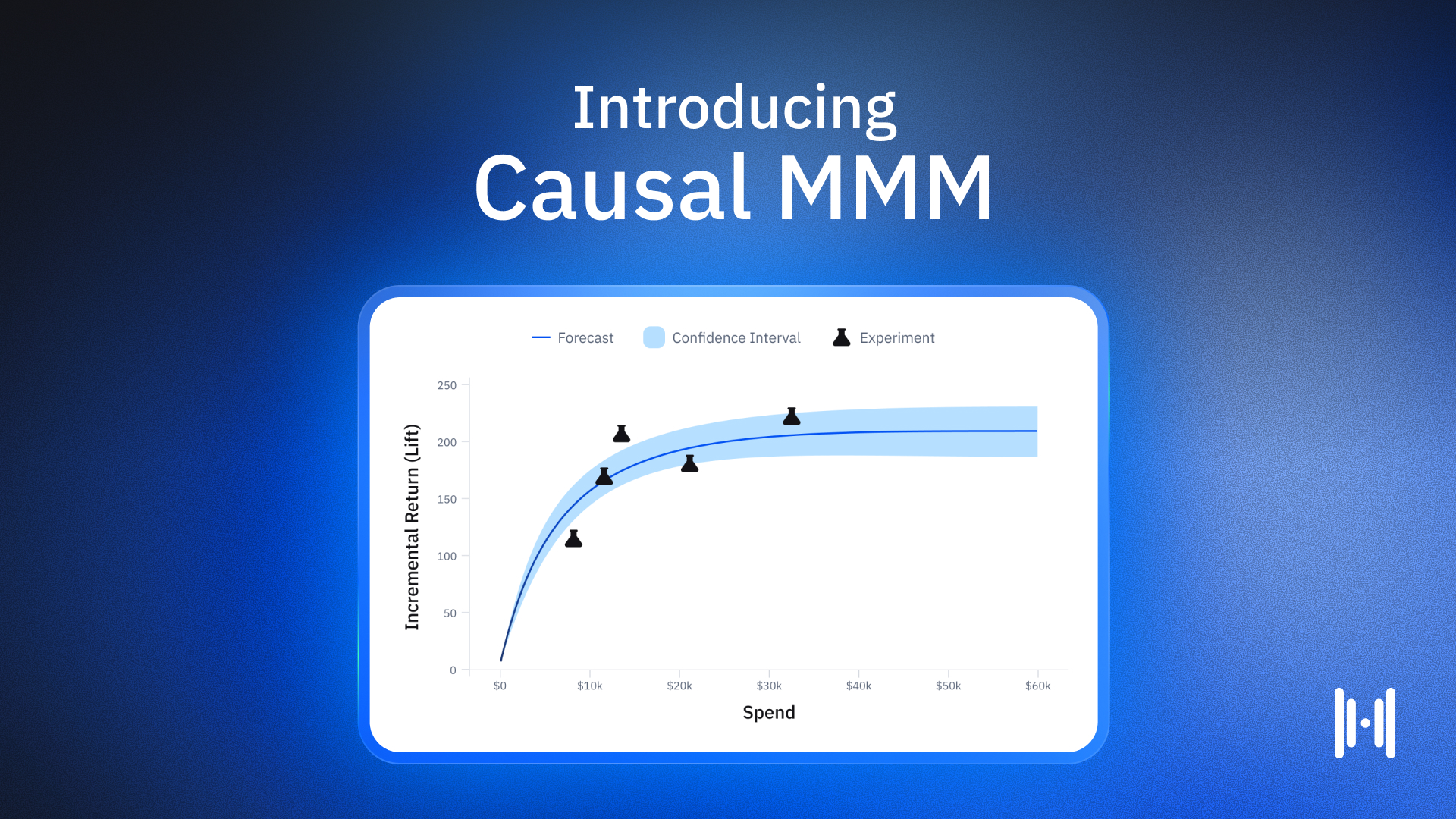
.avif)
.png)
.png)
.png)
.png)
.png)
.png)
.png)
.png)
.png)
.webp)
.webp)
.webp)
.webp)
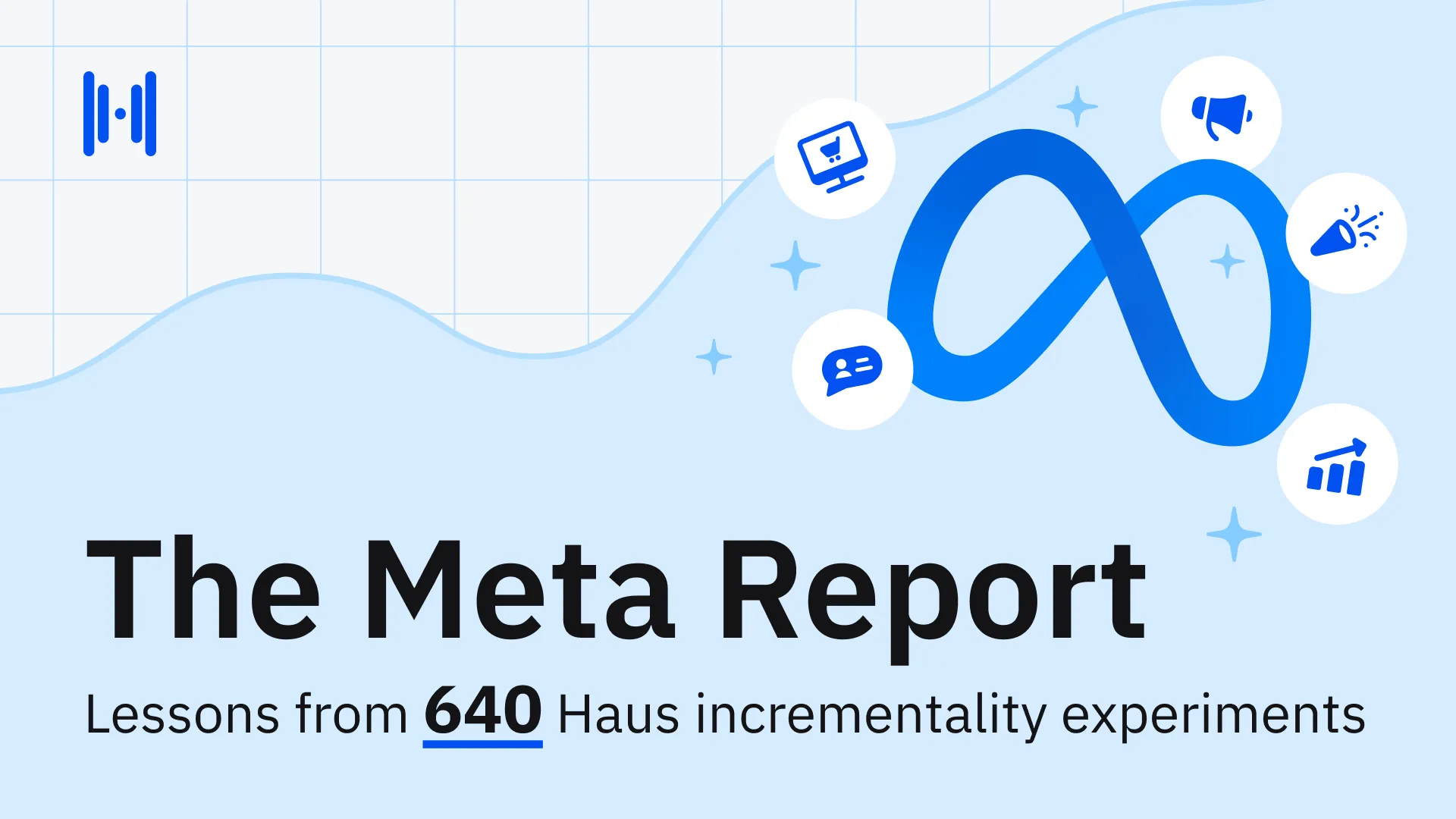
.webp)
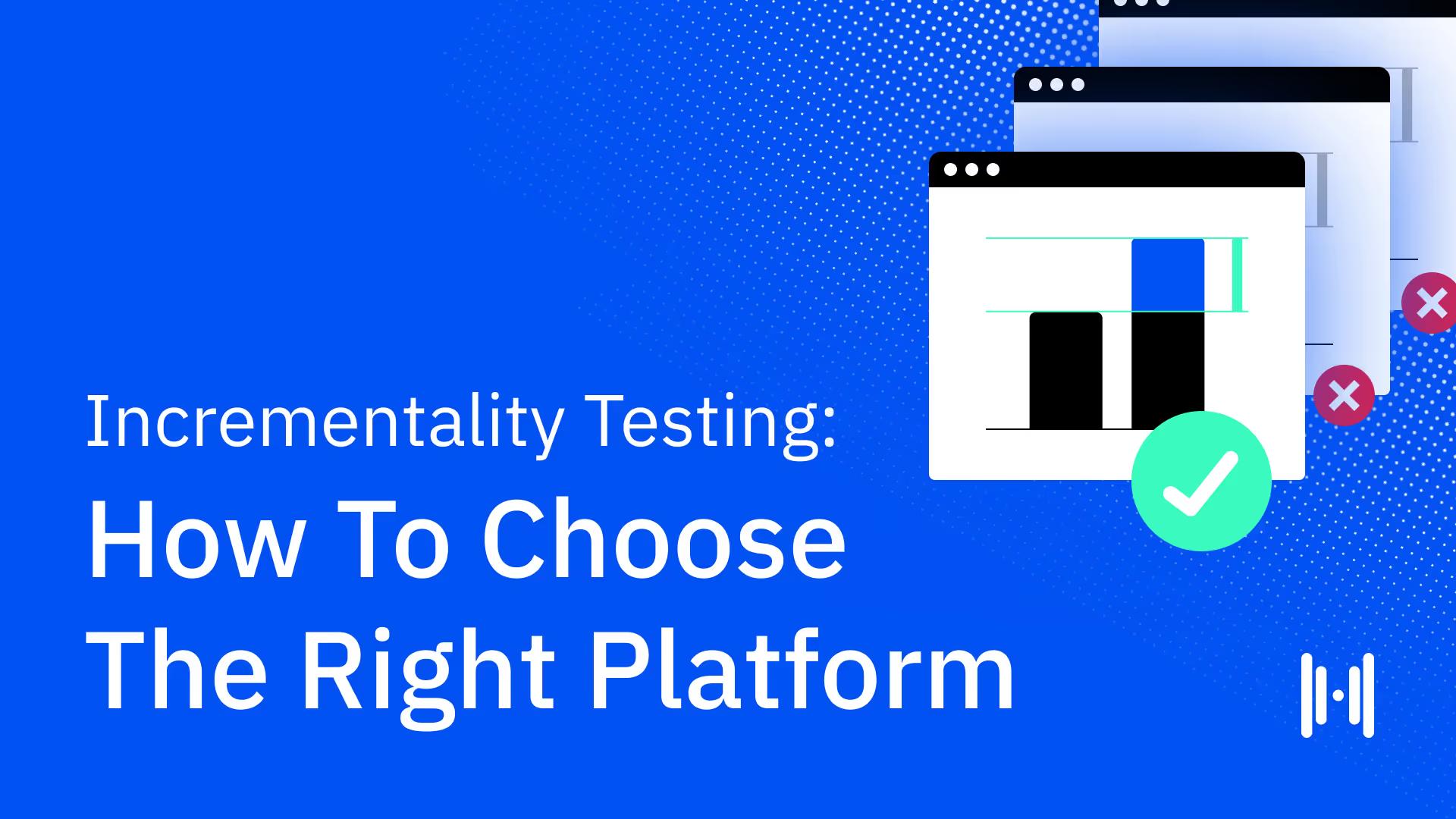
.webp)
.webp)
.webp)
.webp)
.webp)
.webp)
.webp)
.webp)
.webp)
.webp)
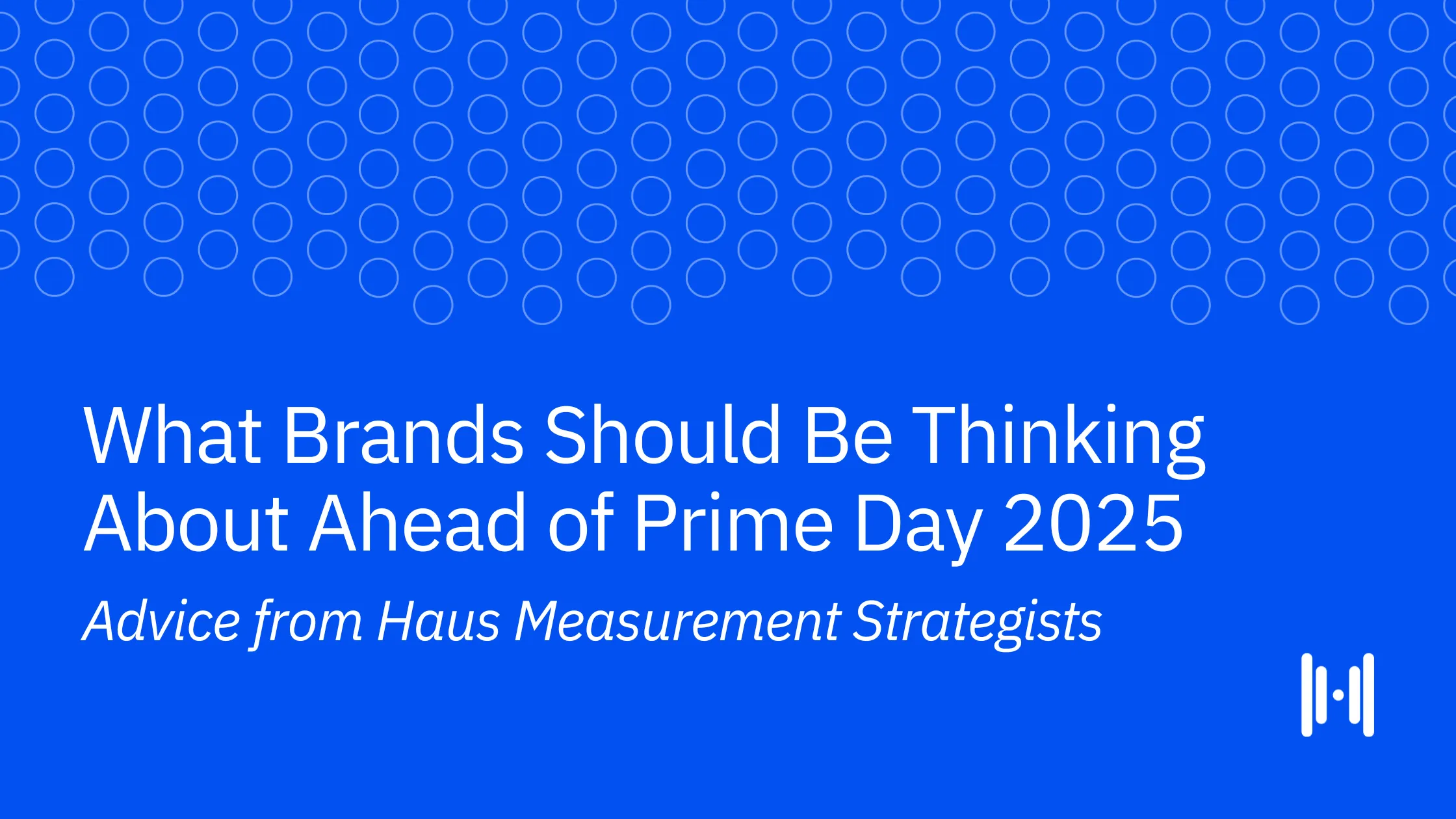
.webp)
.webp)
.webp)
.webp)
.webp)
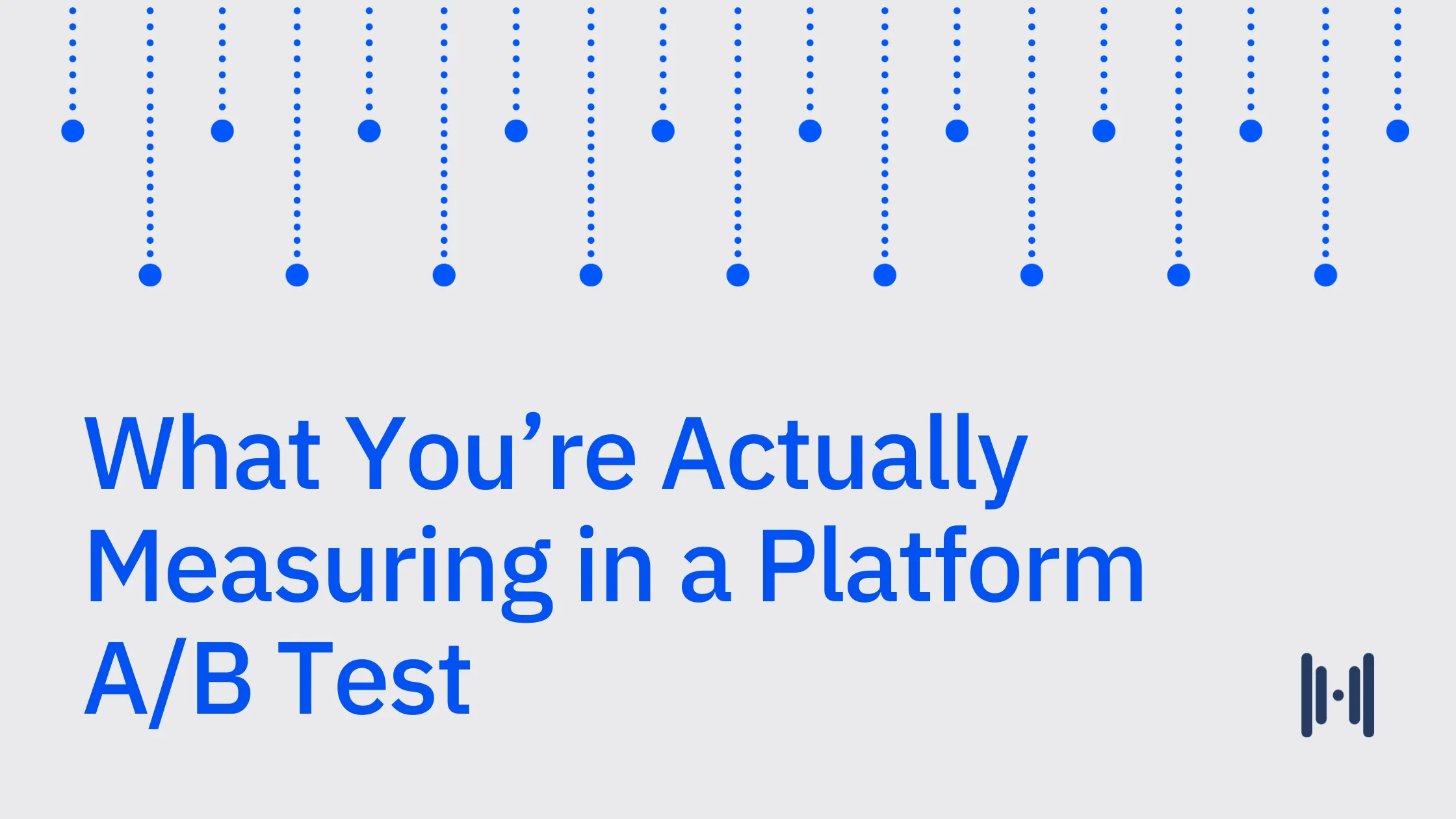
.webp)
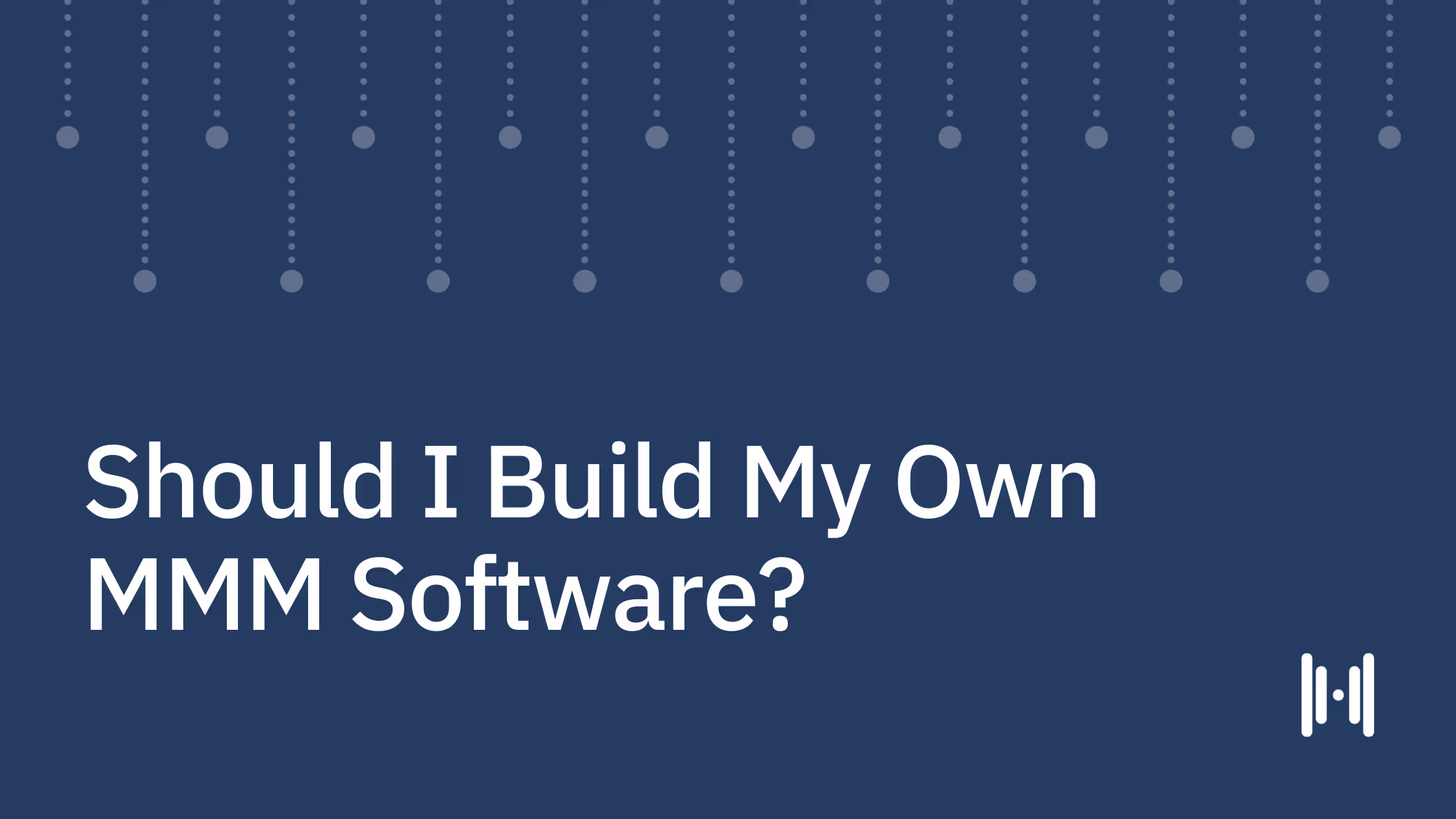
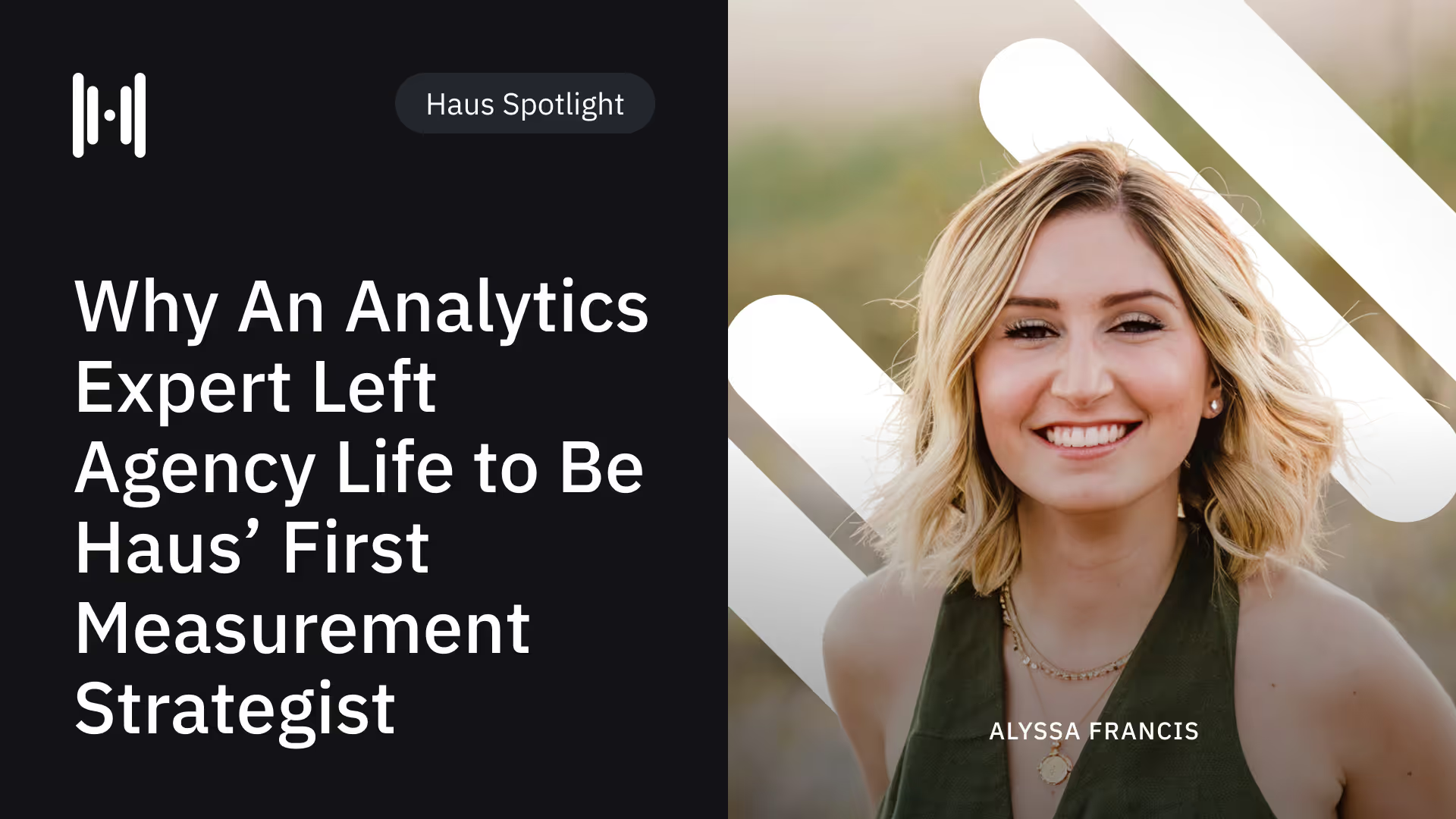
.avif)
.avif)


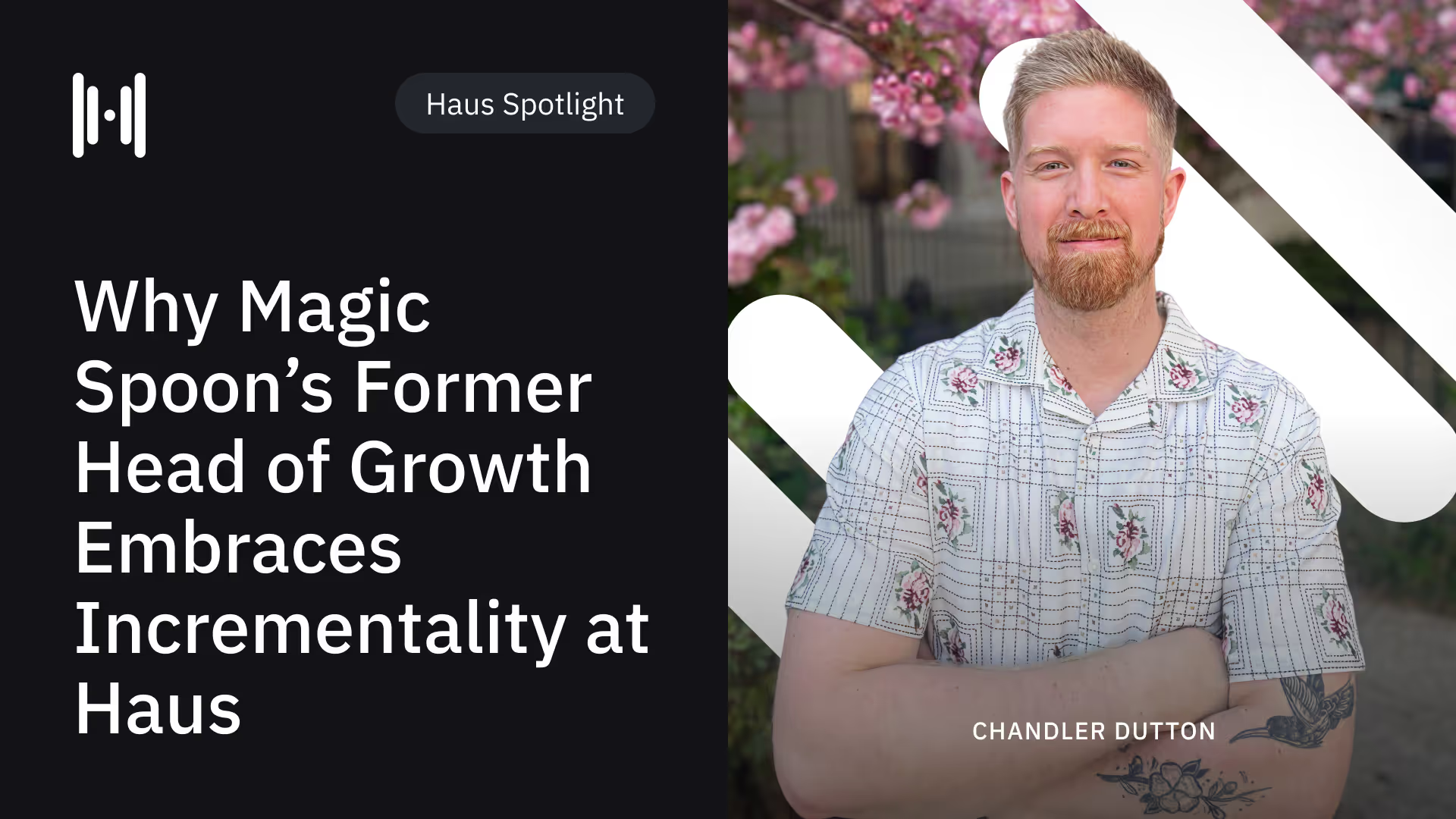
.avif)
.avif)
.avif)
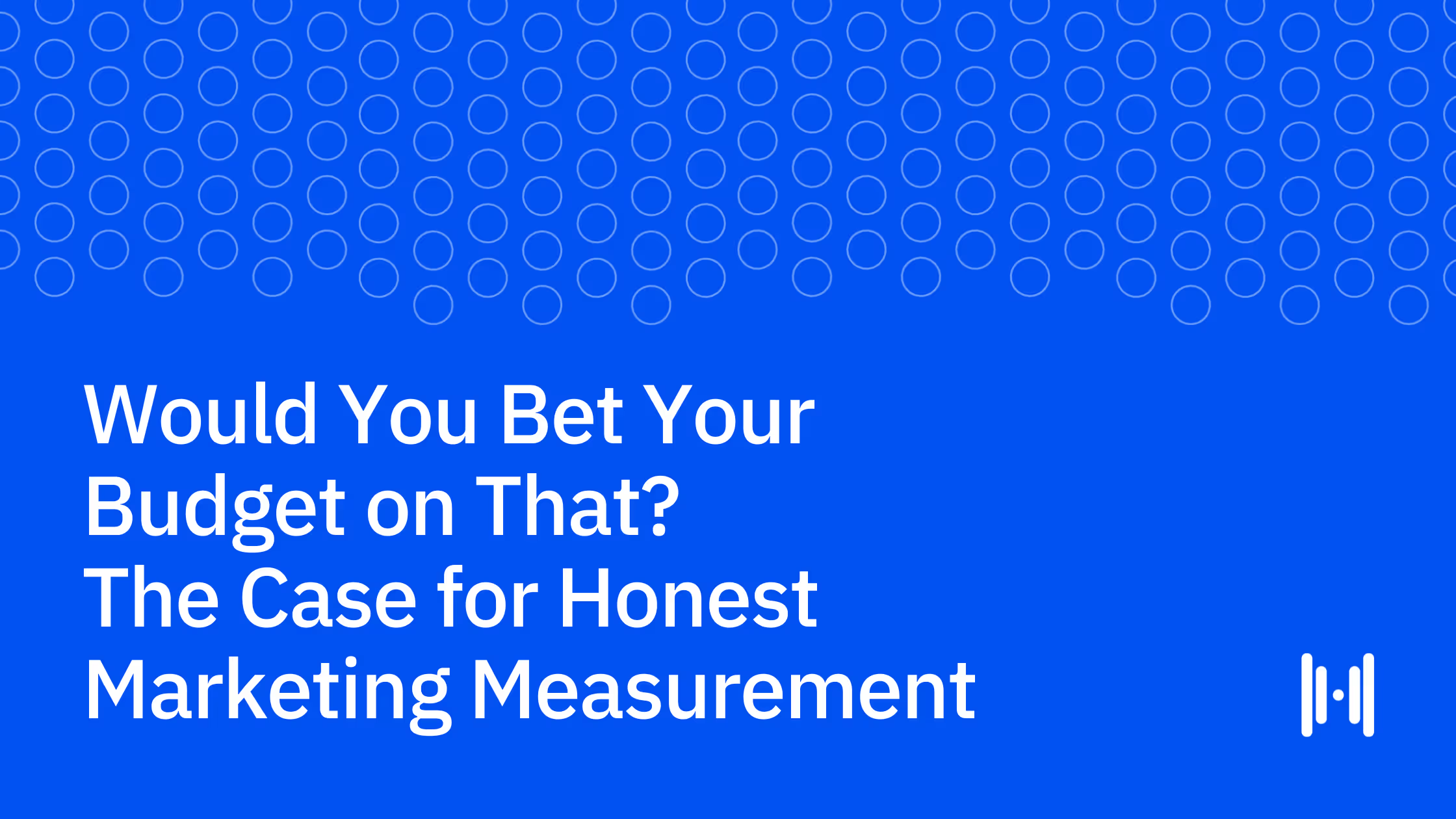
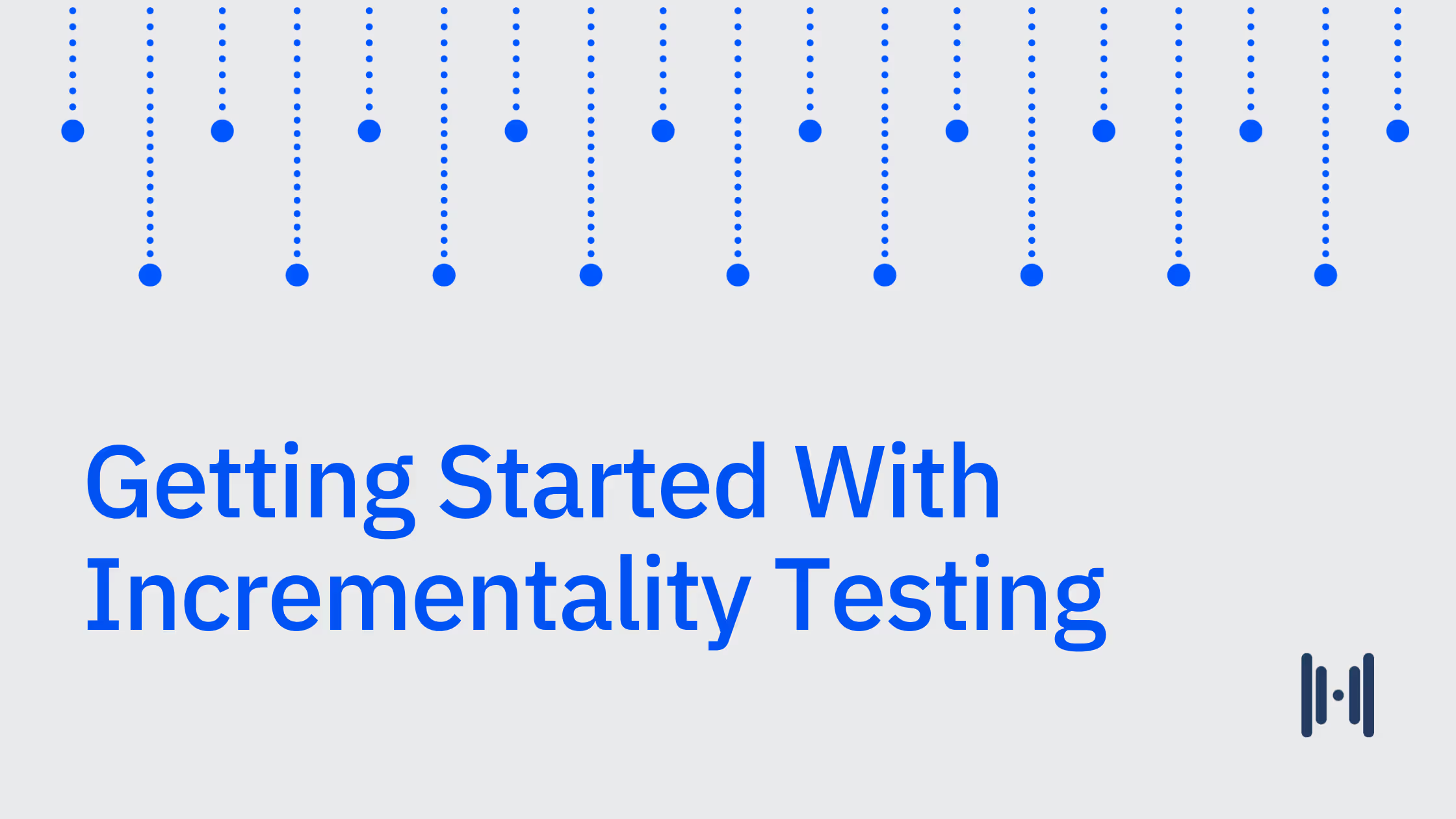
.avif)
.avif)
.avif)
.avif)
.avif)
.avif)

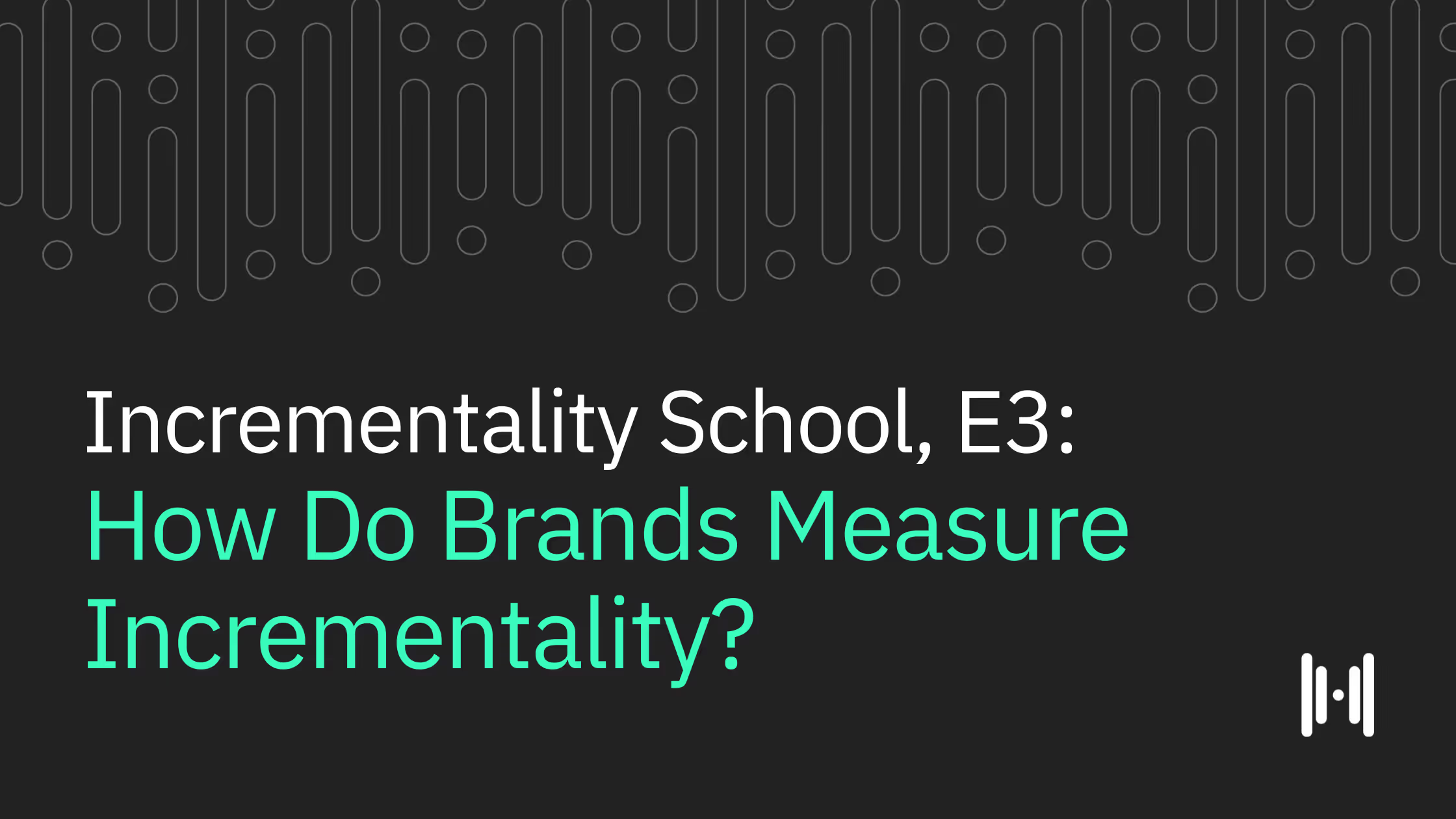
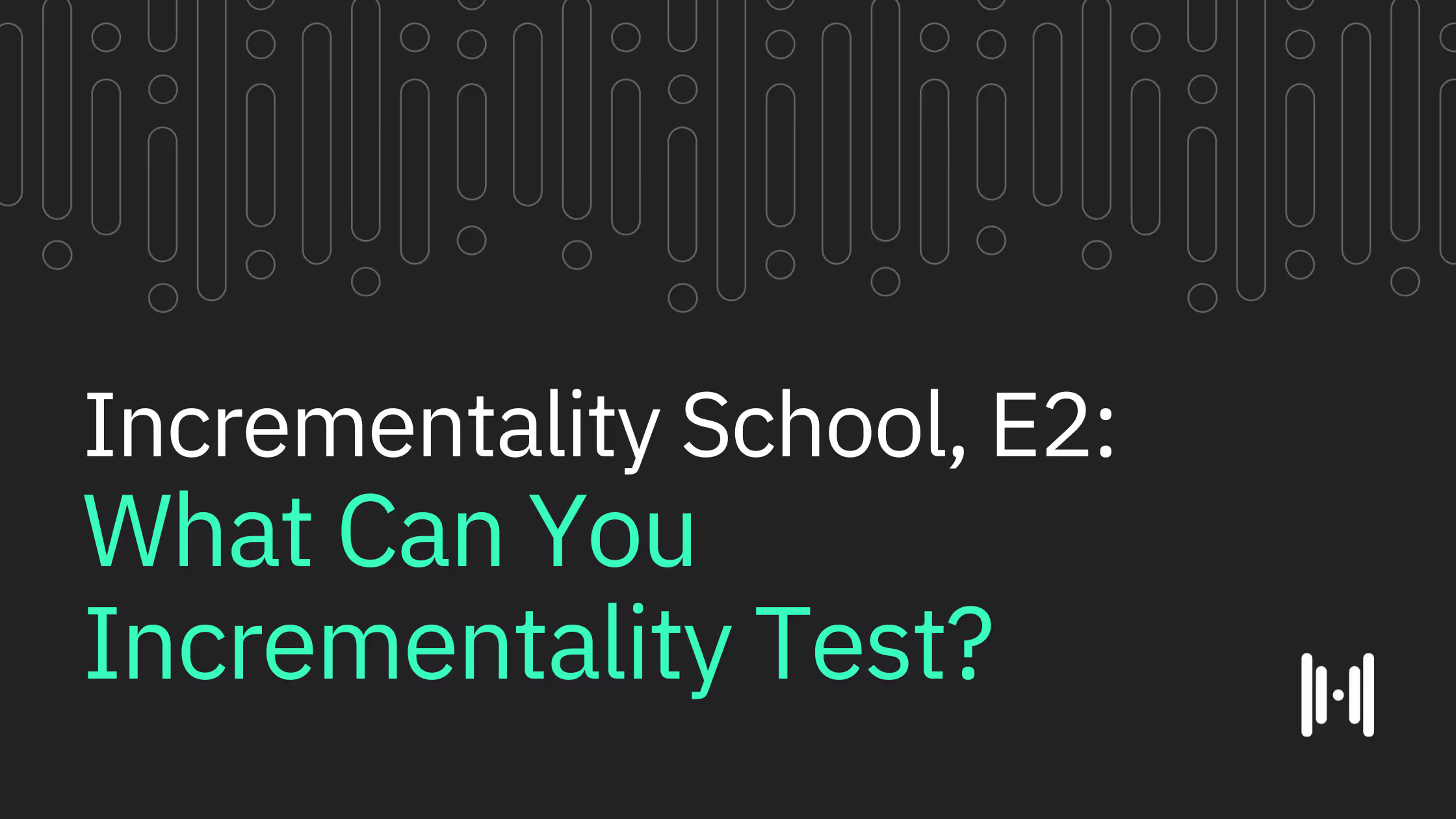
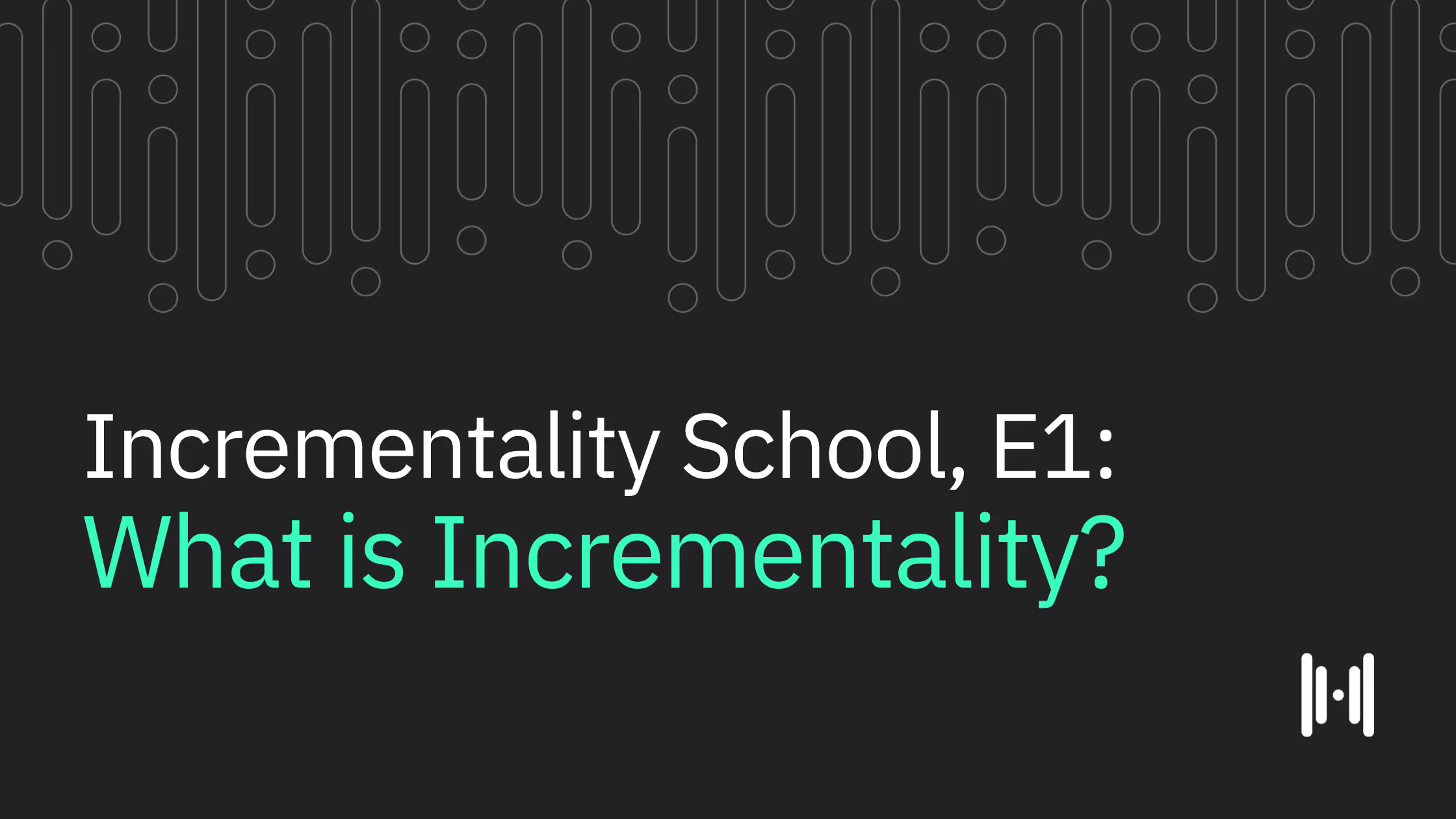
.png)
.avif)
.png)
.avif)
